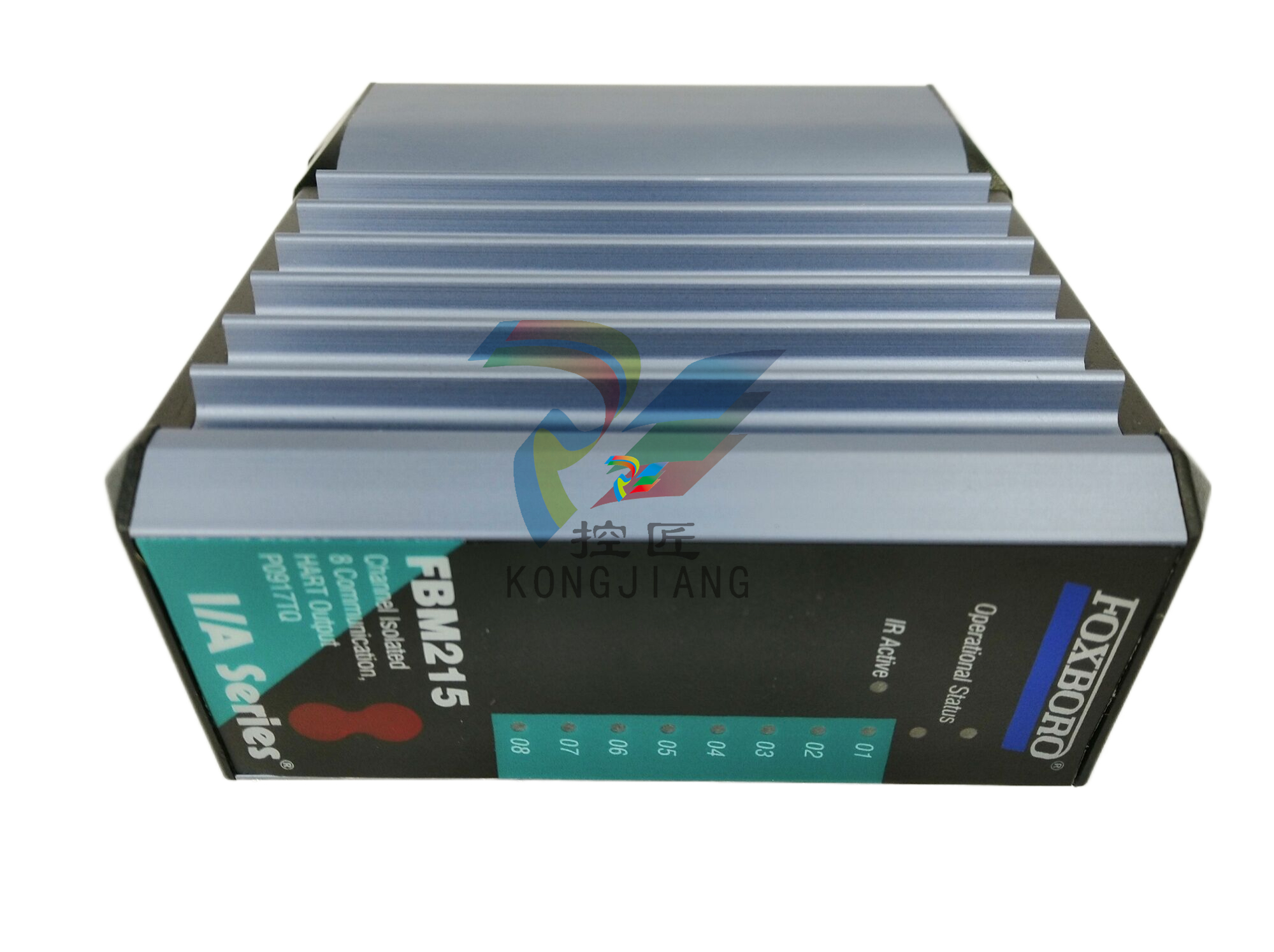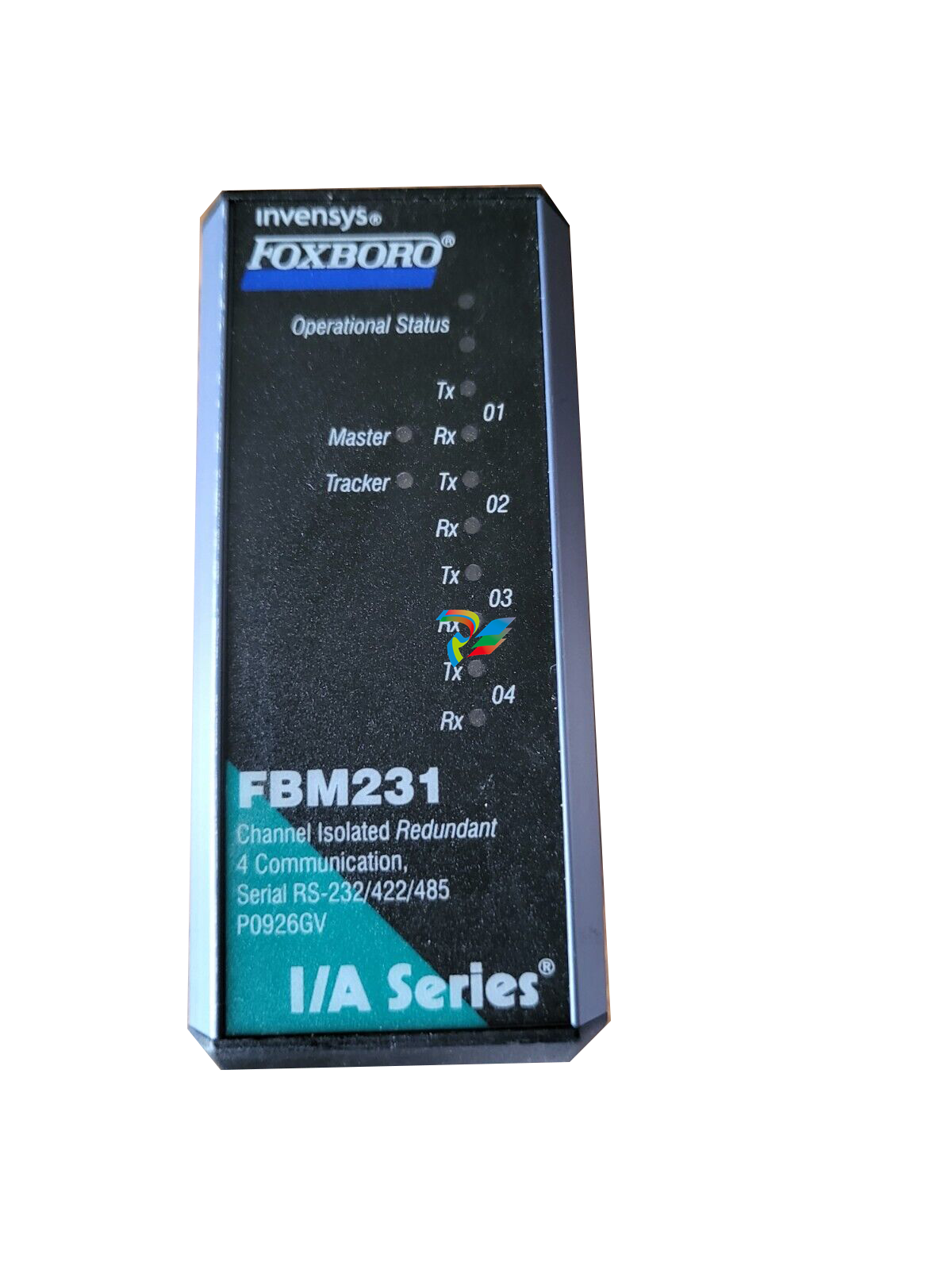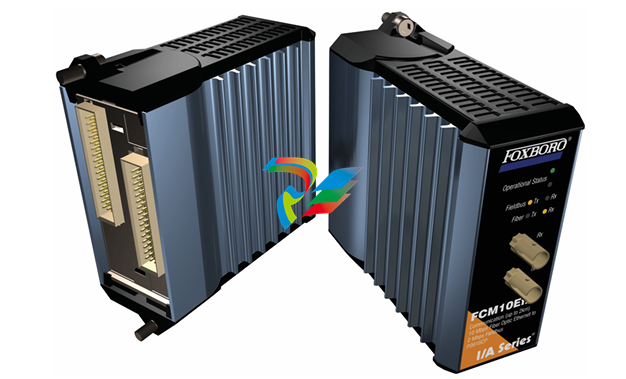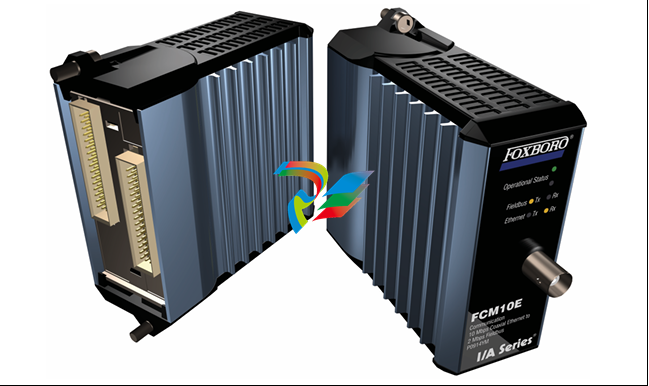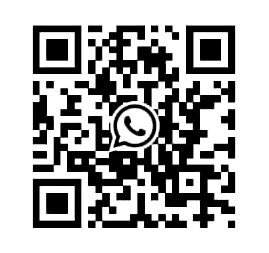
ABB 266 pressure transmitter
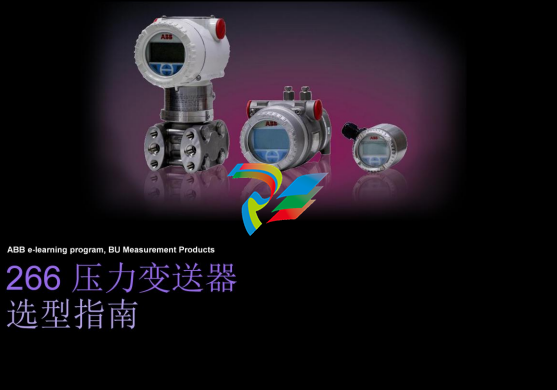 ABB MEASUREMENT & ANALY TICS | DATA SHEET 266DSH Differential pressure transmitters
ABB MEASUREMENT & ANALY TICS | DATA SHEET 266DSH Differential pressure transmitters
Measurement made easy Engineered solutions for all applications Base accuracy • from 0.06 % of calibrated span (optional 0.04 %) Reliable sensing system coupled with very latest digital technologies • provides large turn down ratio up to 100:1 Comprehensive sensor choice • optimize in-use total performance and stability 10–year stability • 0.15 % of URL Flexible configuration facilities • provided locally via local LCD keypad TTG (Through-The-Glass) keypad technology • allows quick and easy local configuration without opening the cover, even in explosion proof environments IEC 61508 certification • version for SIL2 (1oo1) and SIL3 (1oo2) applications PED compliance • Category III for PS > 20 MPa, 200 bar • Sound Engineering Practice (SEP) for PS ≤ 20 MPa, 200 bar WirelessHART version • the battery powered solution compliant to IEC 62591 Best-in-class battery life • up to 10 years @ 32 s update time • in-field replaceable Product in compliance with Directive 2011/65/UE (RoHS II) In-built advanced diagnostics 266DSH DIFFERENTIAL PRESSURE TRANSM
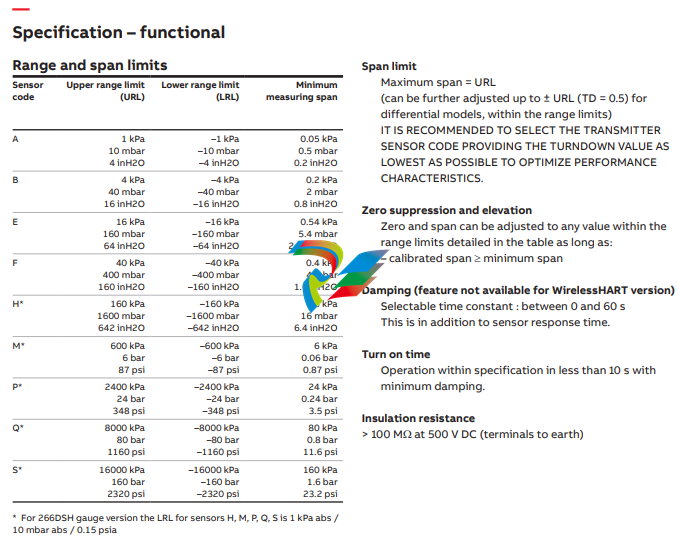
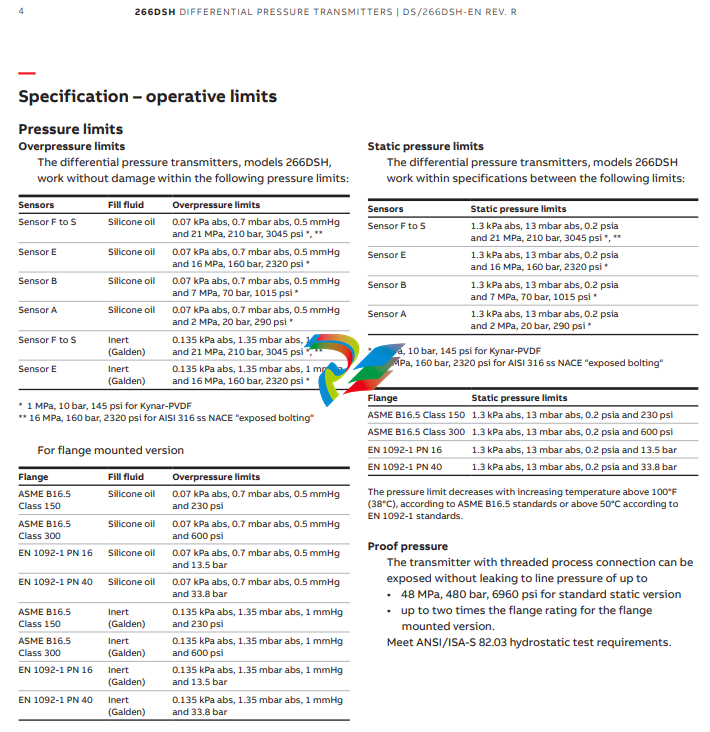
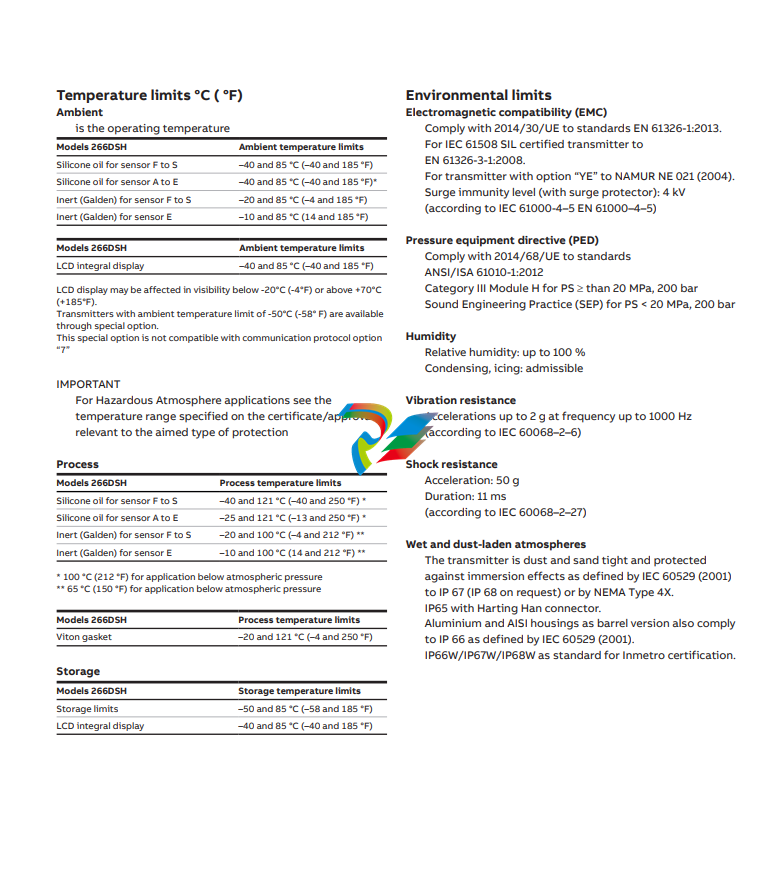
...Specification – operative limits Hazardous atmospheres (FOR ALL VERSIONS EXCEPT WirelessHART) With or without integral display INTRINSIC SAFETY Ex ia: • ATEX Europe (code E1) approval II 1 G Ex ia IIC T6...T4 Ga, II 1/2 G Ex ia IIC T6...T4 Ga/Gb, II 1 D Ex ia IIIC T85 °C Da, II 1/2 D Ex ia IIIC T85 °C Da; IP66, IP67. • IECEx (code E8) approval Ex ia IIC T6...T4 Ga/Gb, Ex ia IIIC T85 °C Da; IP66, IP67. • NEPSI China (code EY) Ex ia IIC T4/T5/T6 Ga, Ex ia IIC T4/T5/T6 Ga/Gb, Ex iaD 20 T85/T100/T135, Ex iaD 20/21 T85/T100/T135. EXPLOSION PROOF: • ATEX Europe (code E2) approval II 1/2 G Ex db IIC T6 Ga/Gb Ta=–50 °C to +75 °C, II 1/2 D Ex tb IIIC T85 °C Db Ta = –50 °C to +75 °C; IP66, IP67. • IECEx (code E9) approval Ex db IIC T6 Ga/Gb Ta=–50 °C to +75 °C, Ex tb IIIC T85 °C Db Ta = –50 °C to +75 °C; IP66, IP67. • NEPSI China (code EZ) Ex d IIC T6 Gb, Ex tD A21 IP67 T85 °C. INTRINSIC SAFETY Ex ic: • ATEX Europe (code E3 ) type examination II 3 G Ex ic IIC T6...T4 Gc, II 3 D Ex tc IIIC T85 °C Dc; IP66, IP67. • IECEx (code ER) type examination Ex ic IIC T6...T4 Gc, Ex tc IIIC T85 °C Dc; IP66, IP67. • NEPSI China (code ES) type examination Ex ic IIC T4~T6 Gc, Ex nA IIC T4~T6 Gc, Ex tD A22 IP67 T85 °C. FM Approvals US (code E6) and FM Approvals Canada (code E4): • Explosionproof (US): Class I, Division 1, Groups A, B, C, D; T5 • Explosionproof (Canada): Class I, Division 1, Groups B, C, D; T5 • Dust-ignitionproof: Class II, Division 1, Groups E, F, G; Class III, Div. 1; T5 • Flameproof (US): Class I, Zone 1 AEx d IIC T4 Gb • Flameproof (Canada): Class I, Zone 1 Ex d IIC T4 Gb • Nonincendive: Class I, Division 2, Groups A, B, C, D T6...T4 • Energy limited (US): Class I, Zone 2 AEx nC IIC T6...T4 • Energy limited (Canada): Class I, Zone 2 Ex nC IIC T6...T4 • Intrinsically safe:Class I, II, III, Division 1, Groups A, B, C, D, E, F, G T6...T4 Class I, Zone 0 AEx ia IIC T6...T4 (US) Class I, Zone 0 Ex ia IIC T6...T4 (Canada) Type 4X, IP66, IP67 for all above markings. COMBINED FM Approvals US and Canada • Intrinsically safe (code EA) COMBINED ATEX, FM and IECEx Approvals (code EN) Technical Regulations Customs Union EAC (Russia, Kazakhstan, Belarus), Inmetro (Brazil), Kosha (Korea) (ONLY FOR WirelessHART VERSION) With or without integral display INTRINSIC SAFETY Ex ia: • ATEX Europe (code E1) approval II 1 G Ex ia IIC T4 and II 1/2 G Ex ia IIC T4, IP67. • IECEx (code E8) approval Ex ia IIC T4 FM Approvals US and FM Approvals Canada: • Intrinsically safe:Class I, Division 1, Groups A, B, C, D; T4 Class I, Zone 0 AEx ia IIC T4 Gb (US) Class I, Zone 0 Ex ia IIC T4 Gb (Canada) IP67 for all above markings. IMPORTANT REFER TO CERTIFICATES FOR AMBIENT TEMPERATURE RANGES RELATED TO THE DIFFERENT TEMPERATURE CLASSES.
Electrical Characteristics and Options Optional indicators Integrated digital display (code LS; only with HART standard functionality) Wide screen LCD, 128 x 64 pixel, 52.5 x 27.2 mm (2.06 x 1.07 in.) dot matrix. Two keys for zero/span or without front push buttons when ordered with R1 external pushbuttons option Display may also indicate static pressure, sensor temperature and diagnostic messages. Integral display with integral keypad (code L1; not with HART standard functionality) Wide screen LCD, 128 x 64 pixel, 52.5 x 27.2 mm (2.06 x 1.07 in.) dot matrix. Multilanguage. Four keys for configuration and management of device. Easy setup for quick commissioning. User selectable application-specific visualizations. Totalized and instantaneous flow indication. Display may also indicate static pressure, sensor temperature and diagnostic messages and provides configuration facilities. Integral display with Through-The-Glass (TTG) activated keypad (code L5; not with HART standard functionality) As above integral display but equipped with the innovative TTG keypad allowing the activation of the configuration and management menus of the device without the need of removing the transmitter housing cover. TTG keypad is protected against accidental activations. Optional surge protection Up to 4kV • voltage 1.2 µs rise time / 50 µs delay time to half value • current 8 µs rise time / 20 µs delay time to half value Process diagnostics (PILD) Plugged impulse line detection (PILD) generates a warning via communication (HART, PA, FF). The device can be configured to drive the output to “Alarm current” or set a status “BAD”. HART® digital communication and 4 to 20 mA output – Standard and Advanced functionality Device type: 1a06hex (listed with HCF) Power supply The transmitter operates from 10.5 to 42 V DC with no load and is protected against reverse polarity connection (additional load allows operations over 42 V DC). For Ex ia and other intrinsically safe approval power supply must not exceed 30 V DC. Minimum operating voltage increases to 12.3 V DC with optional surge protector or to 10.8 V DC with optional conformity to NAMUR NE 21 (2004). Ripple 20 mV max on a 250 Ω load as per HART specifications. Load limitations 4 to 20 mA and HART total loop resistance : A minimum of 250 Ω is required for HART communication. Output signal Two–wire 4 to 20 mA, user-selectable for linear or square root output, power of 3 /2 or 5 /2 , square root for bidirectional flow, 22 points linearization table (i.e. for horizontal or spherical tank level measurement). HART® communication provides digital process variable superimposed on 4 to 20 mA signal, with protocol based on Bell 202 FSK standard. HART revision 7 is the default HART output. HART revision 5 is selectable on request. Output current limits (to NAMUR NE 43 standard) Overload condition • Lower limit: 3.8 mA (configurable from 3.8 to 4 mA) • Upper limit: 20.5 mA (configurable from 20 to 21 mA) Alarm current • Lower limit: 3.6 mA (configurable from 3.6 to 4 mA) • Upper limit: 21 mA (configurable from 20 to 23 mA, limited to 22 mA for HART Safety; apply for electronics release 7.1.15 or later) Factory setting: high alarm current
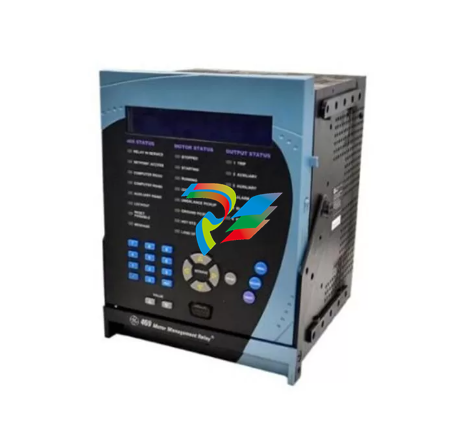
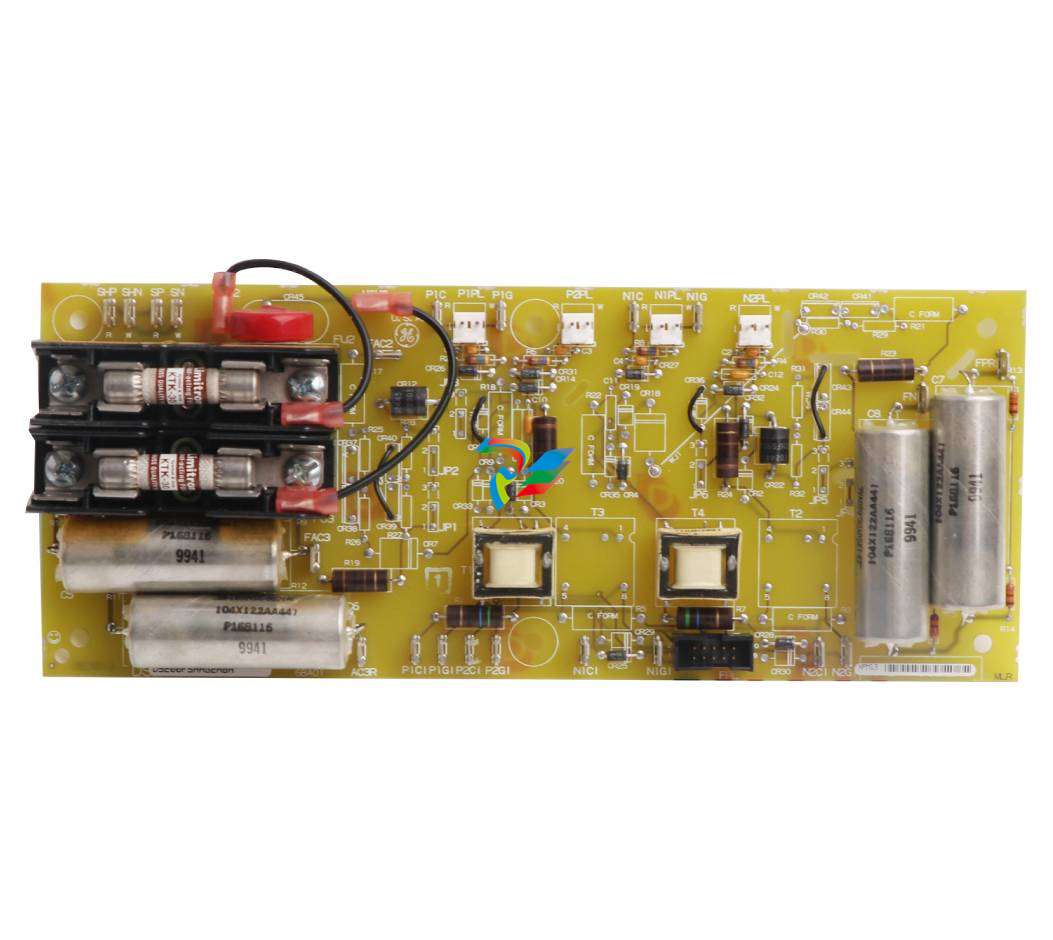
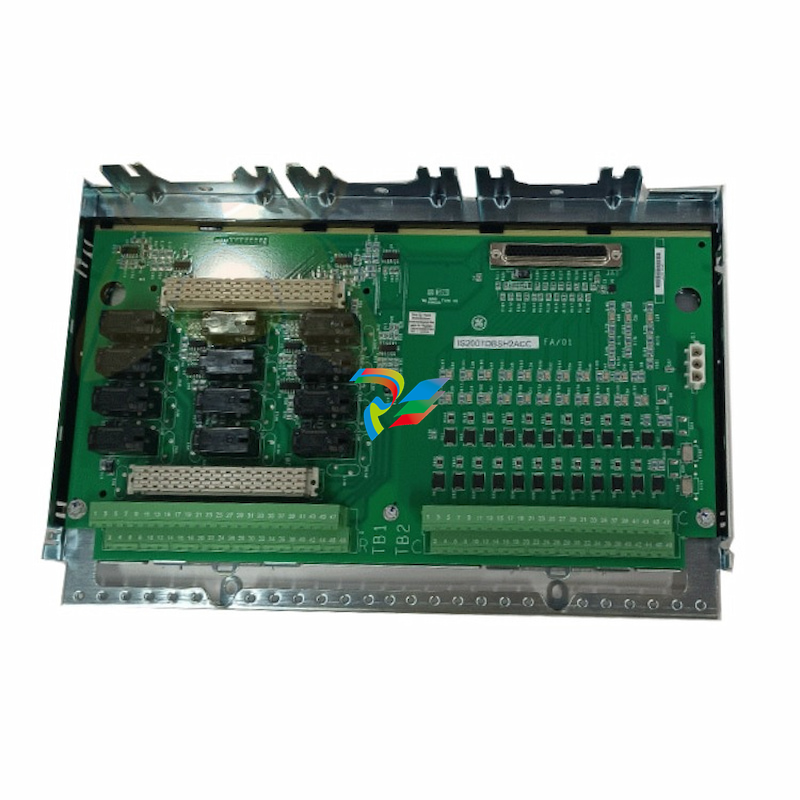
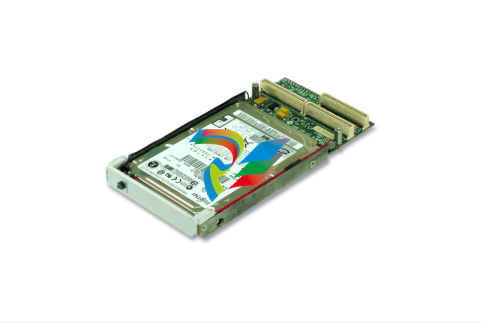
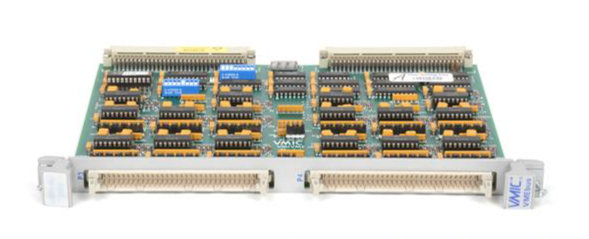
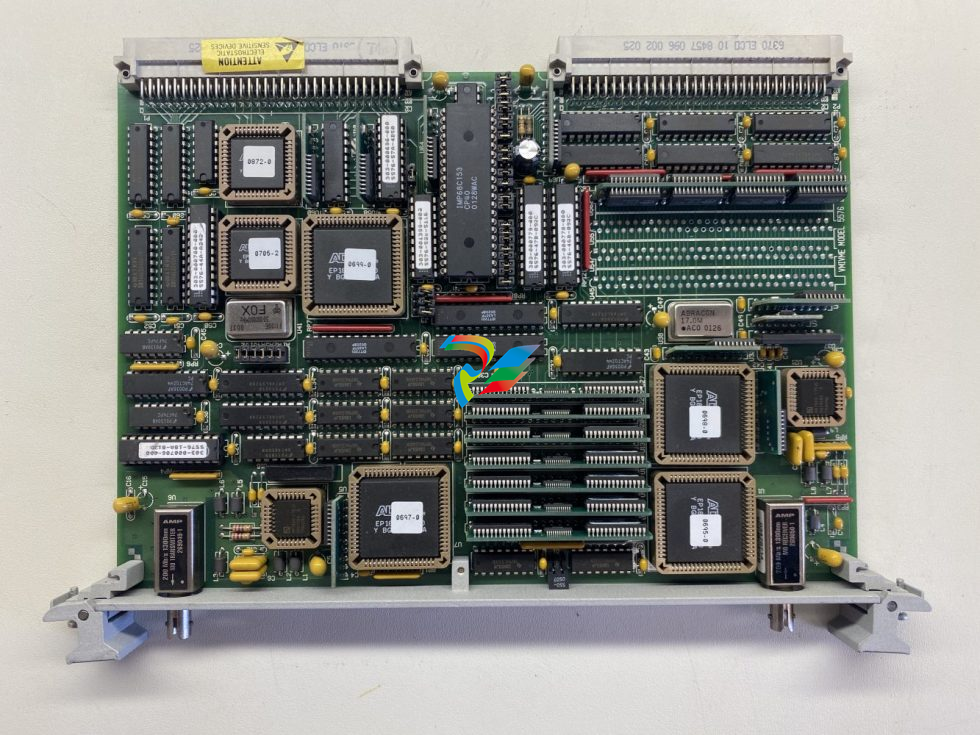
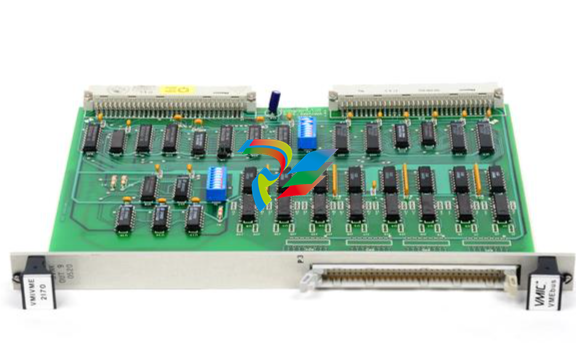
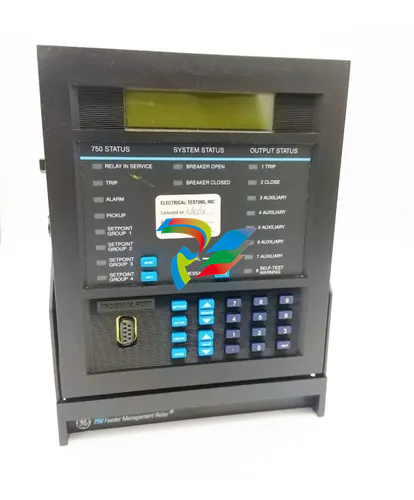
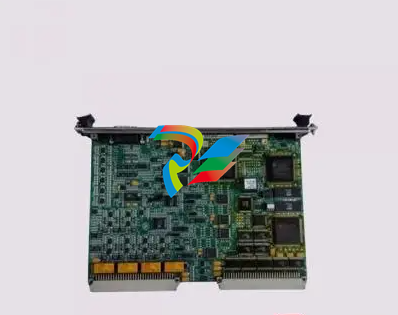
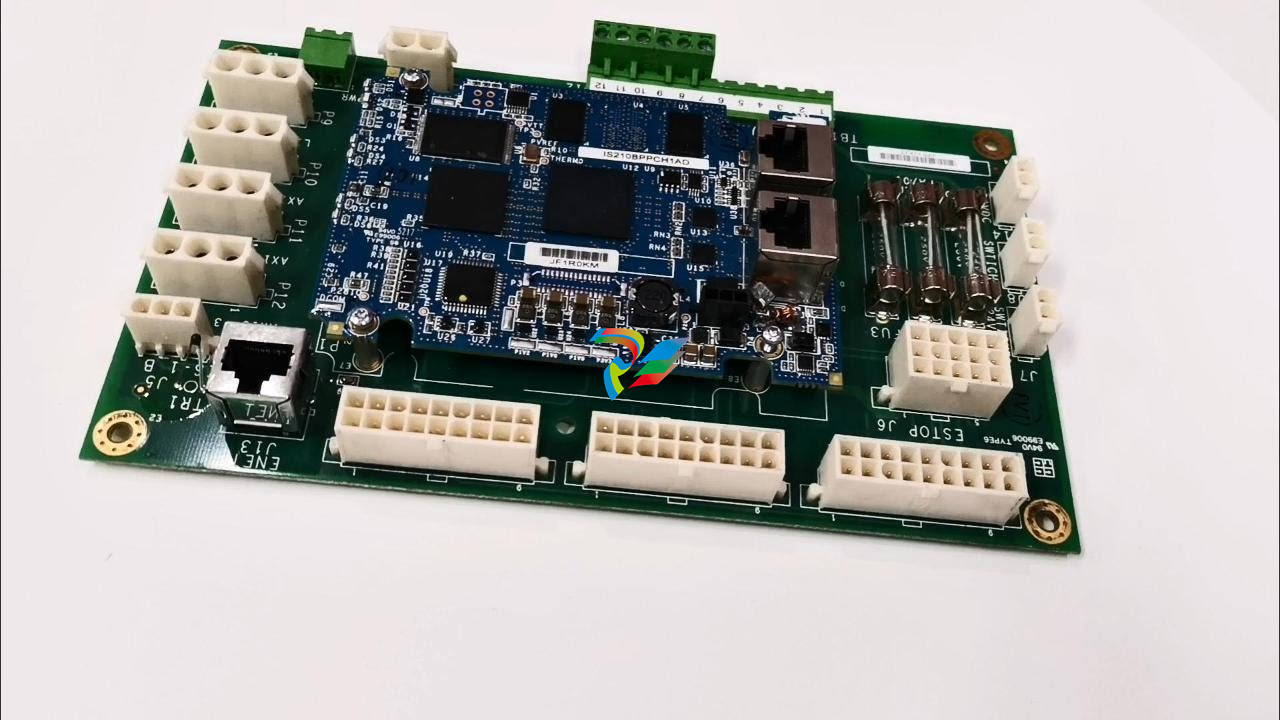
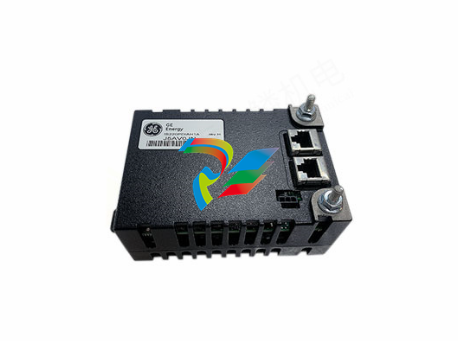
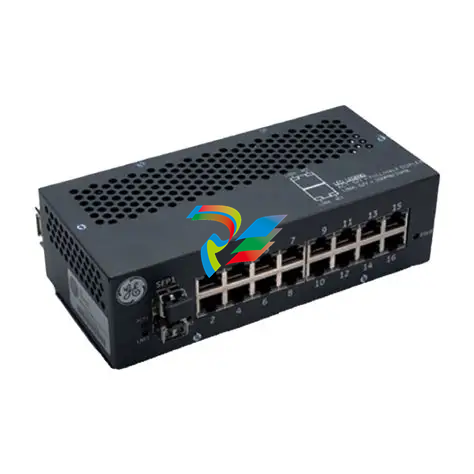
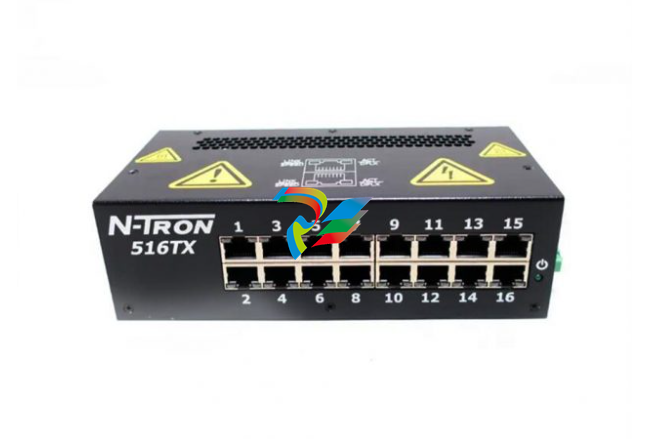
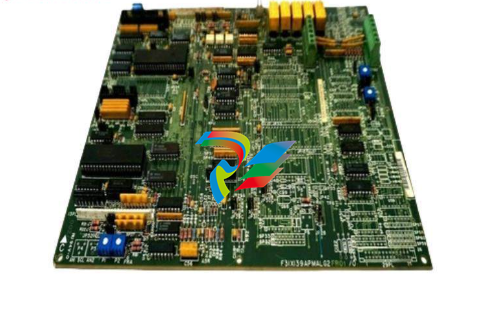
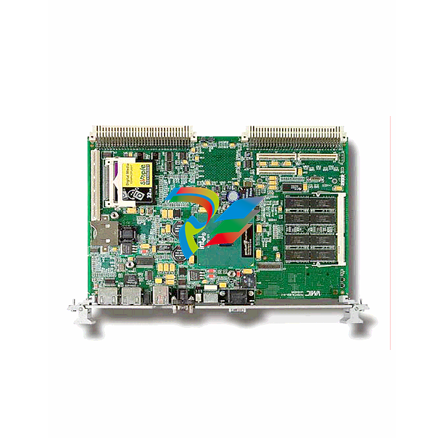
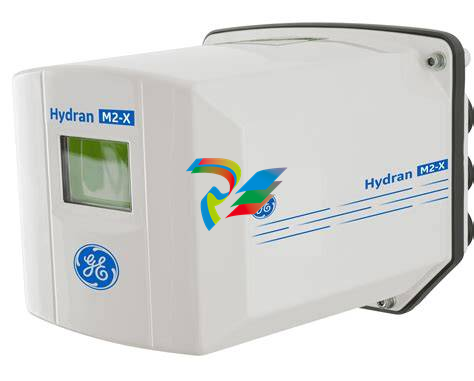
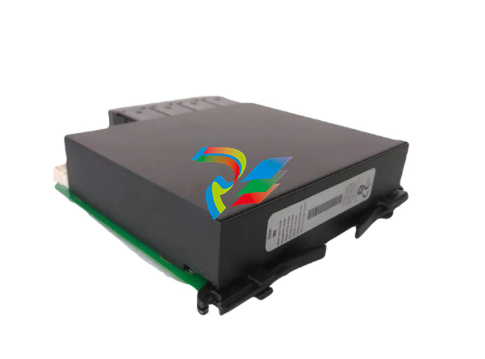
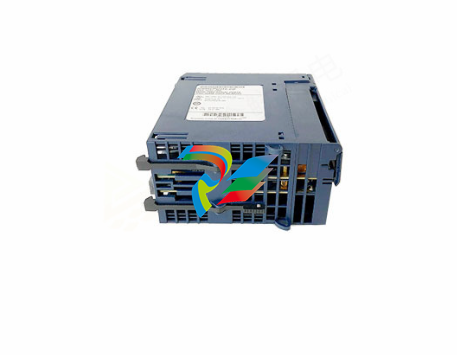
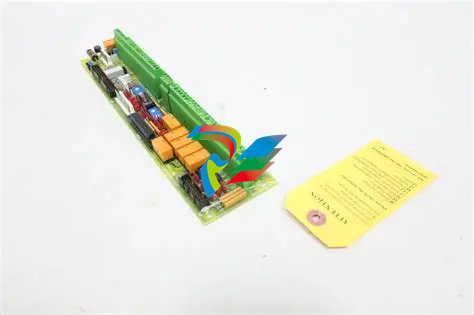
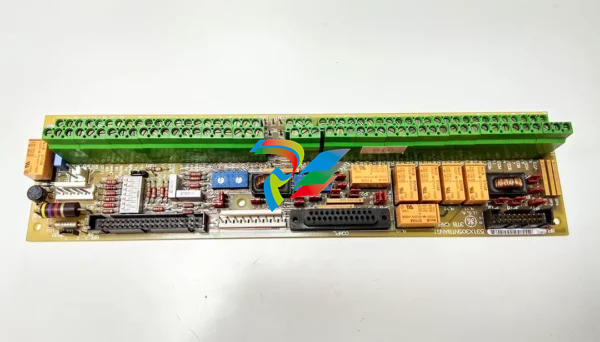
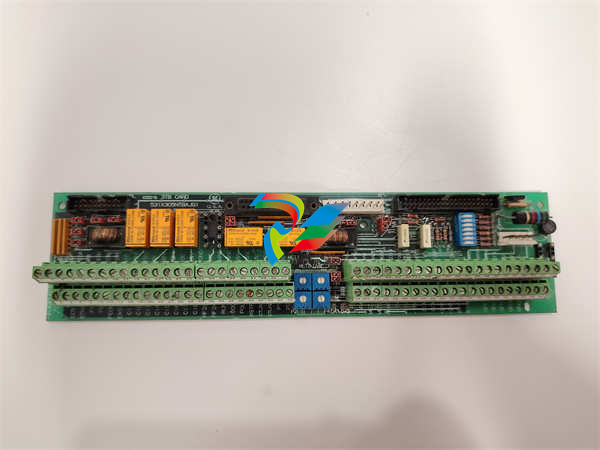

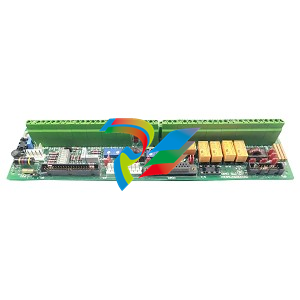
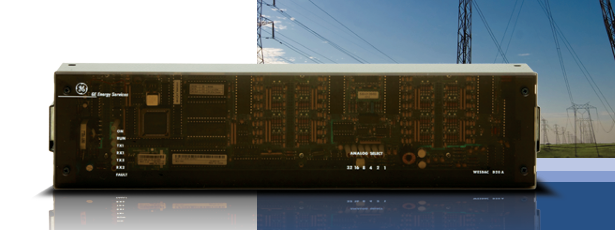
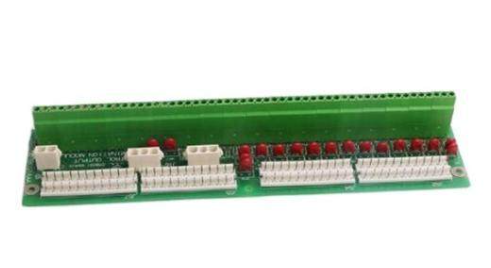
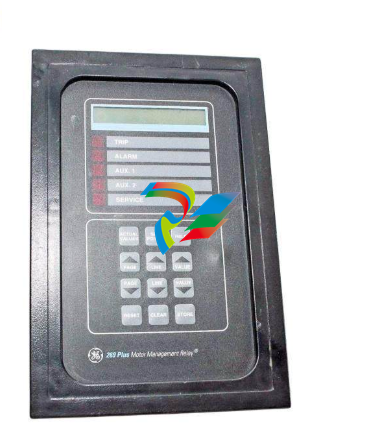
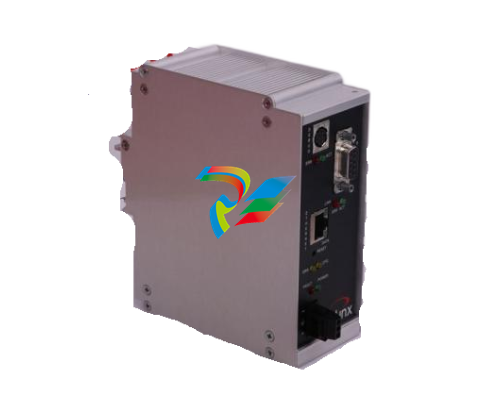
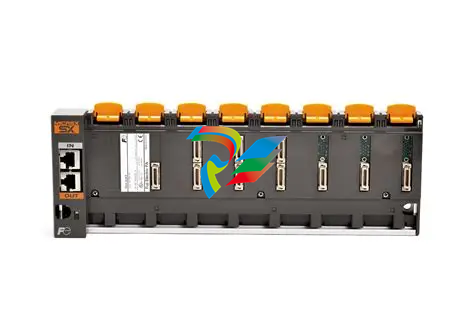
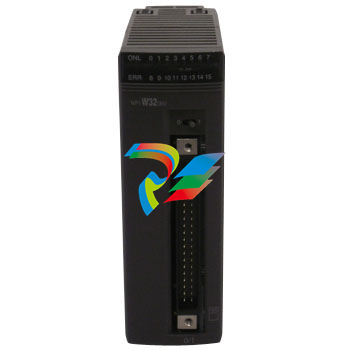
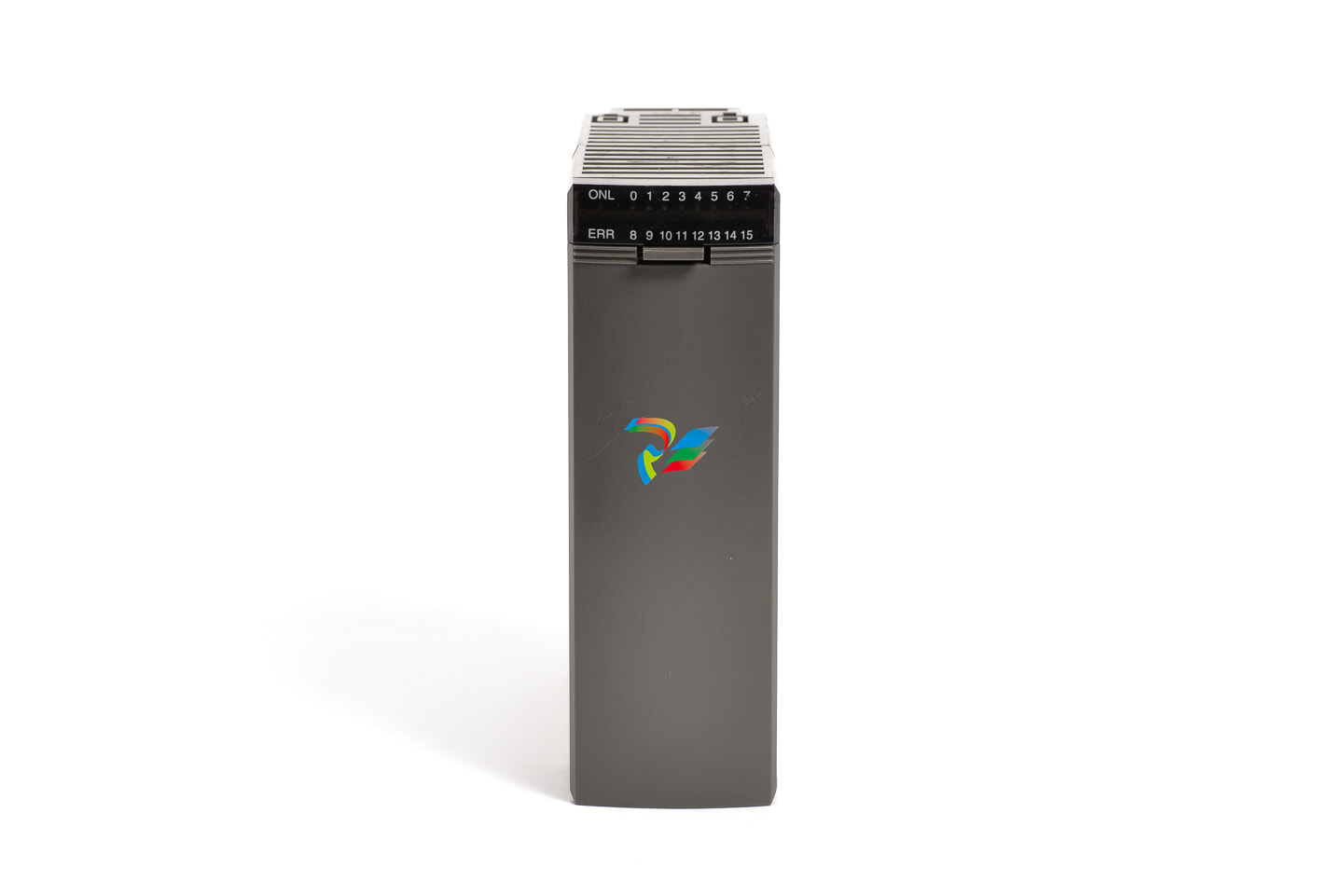
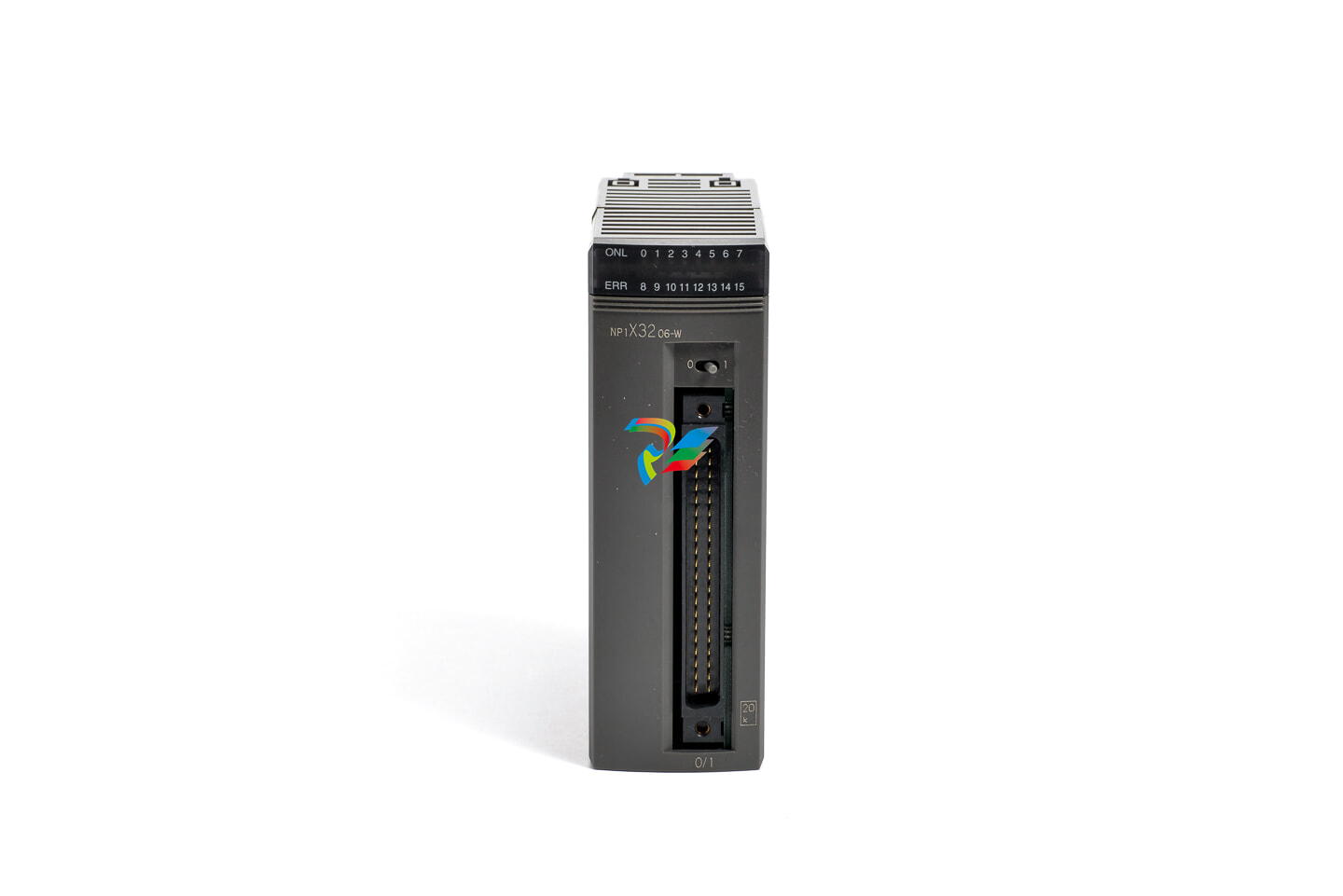
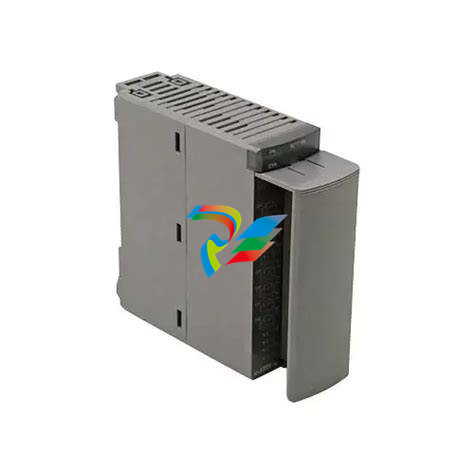
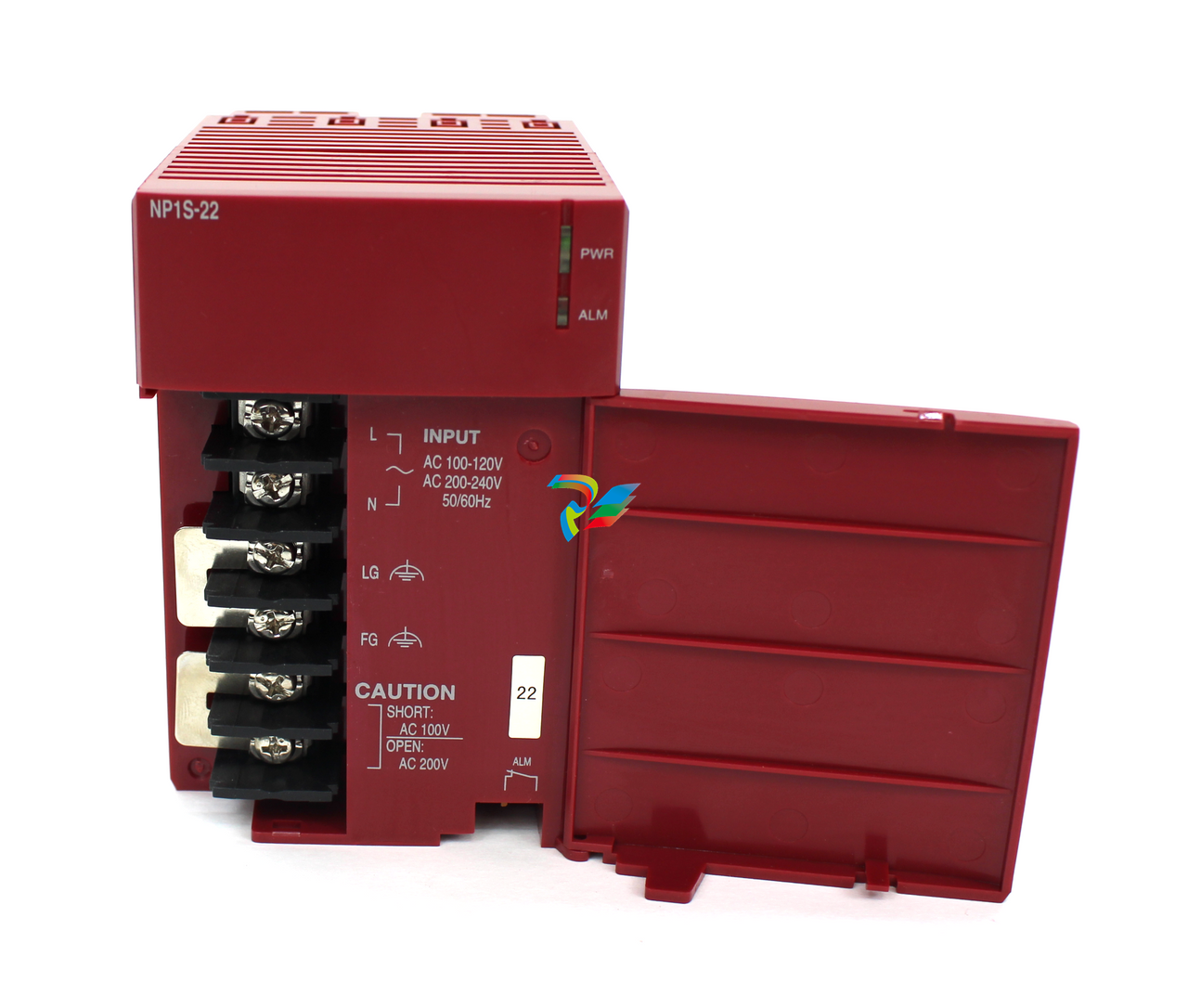
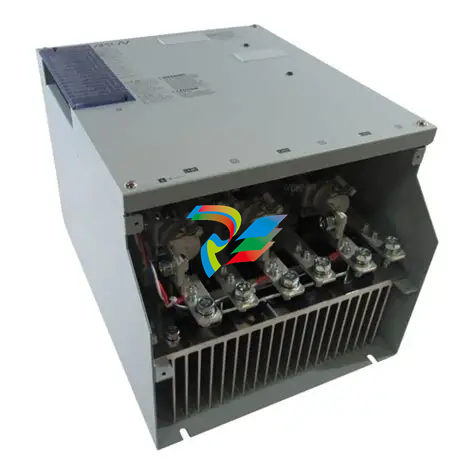
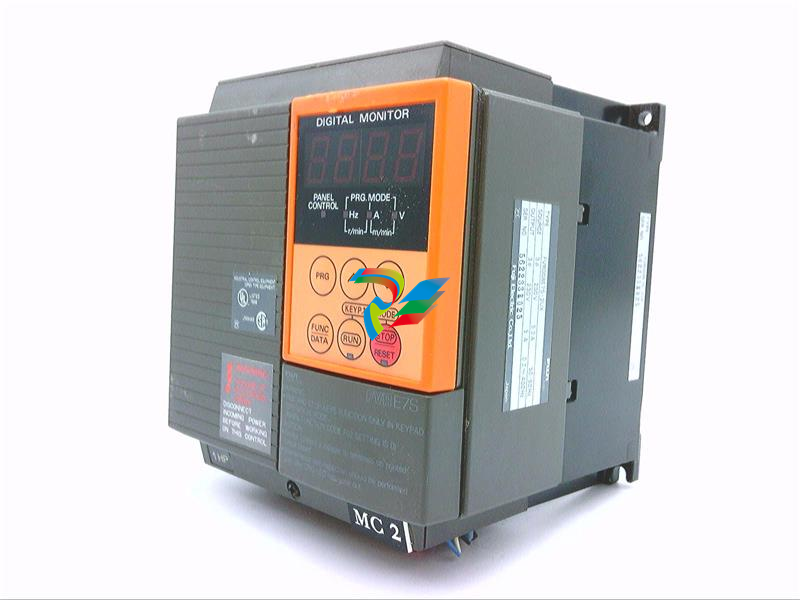
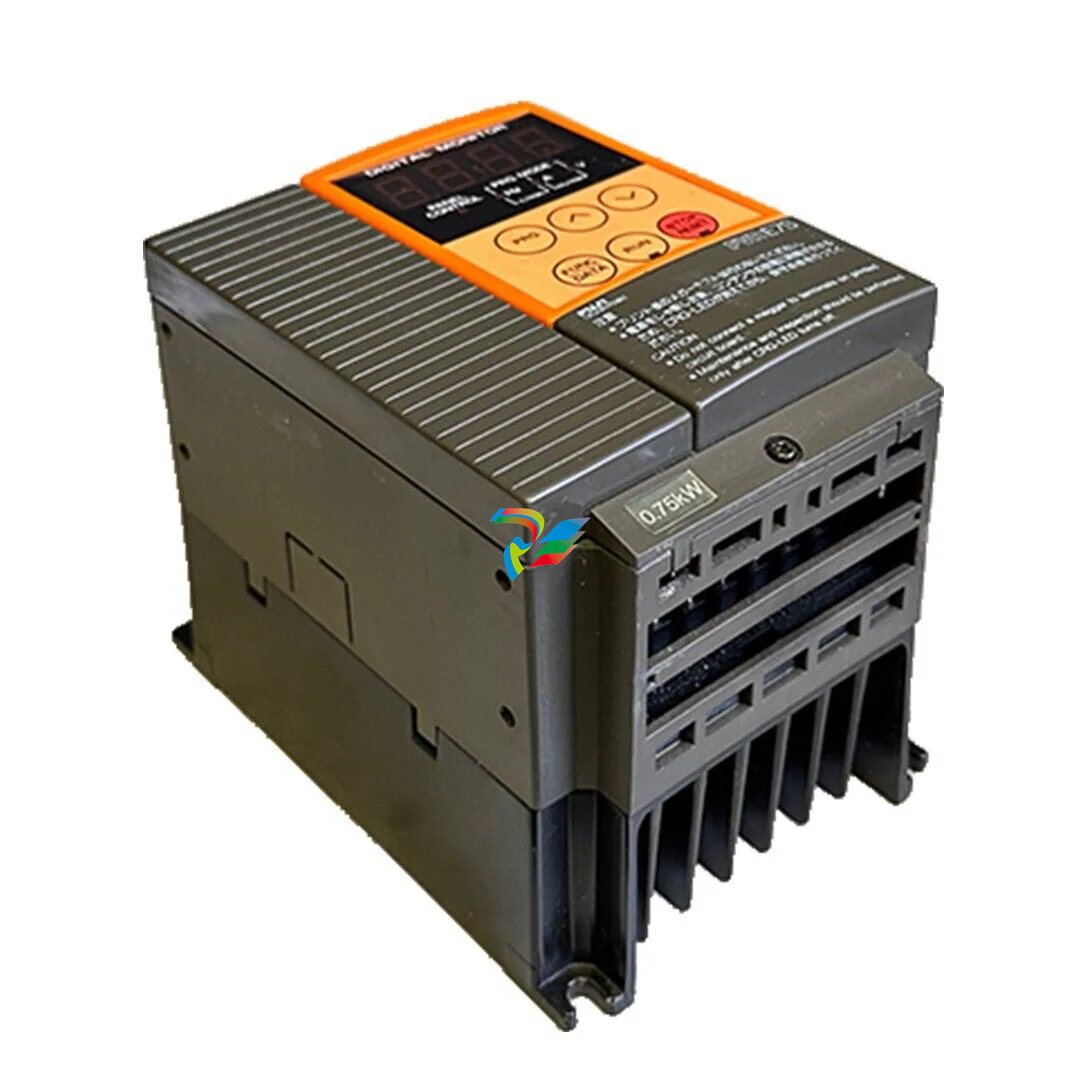
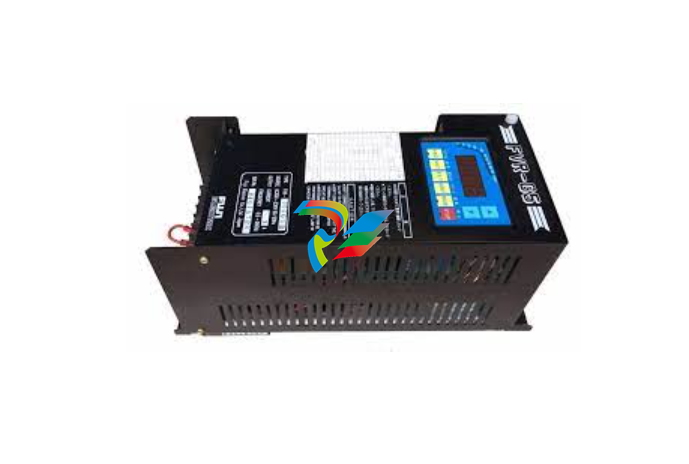
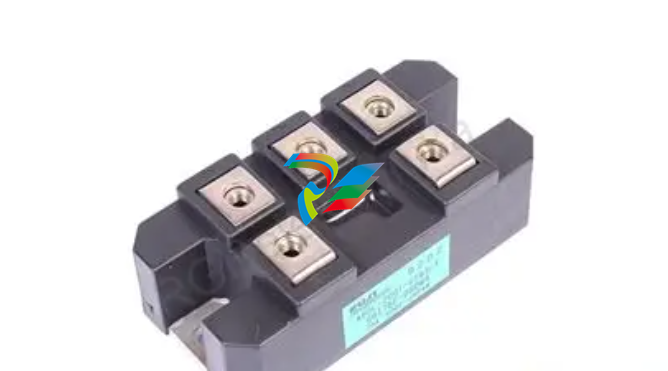
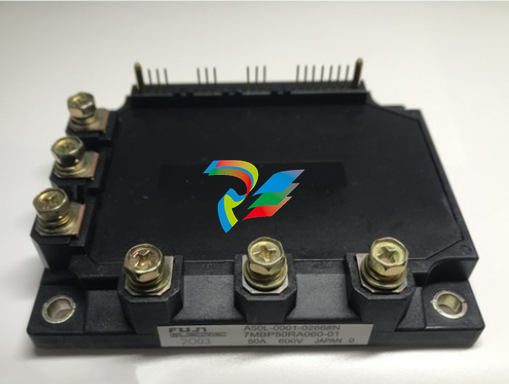
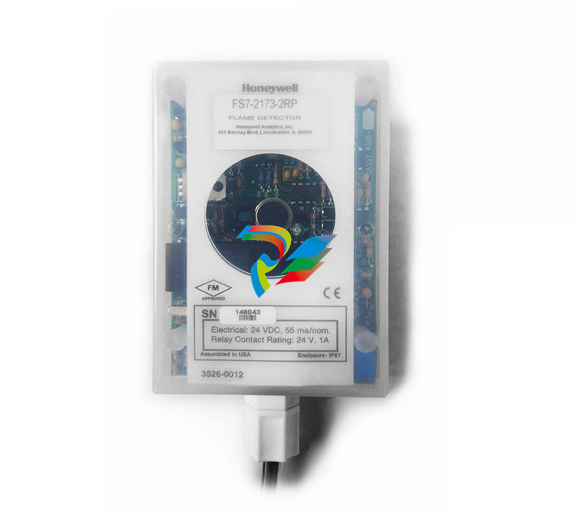
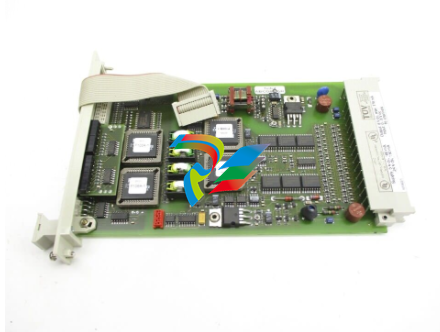
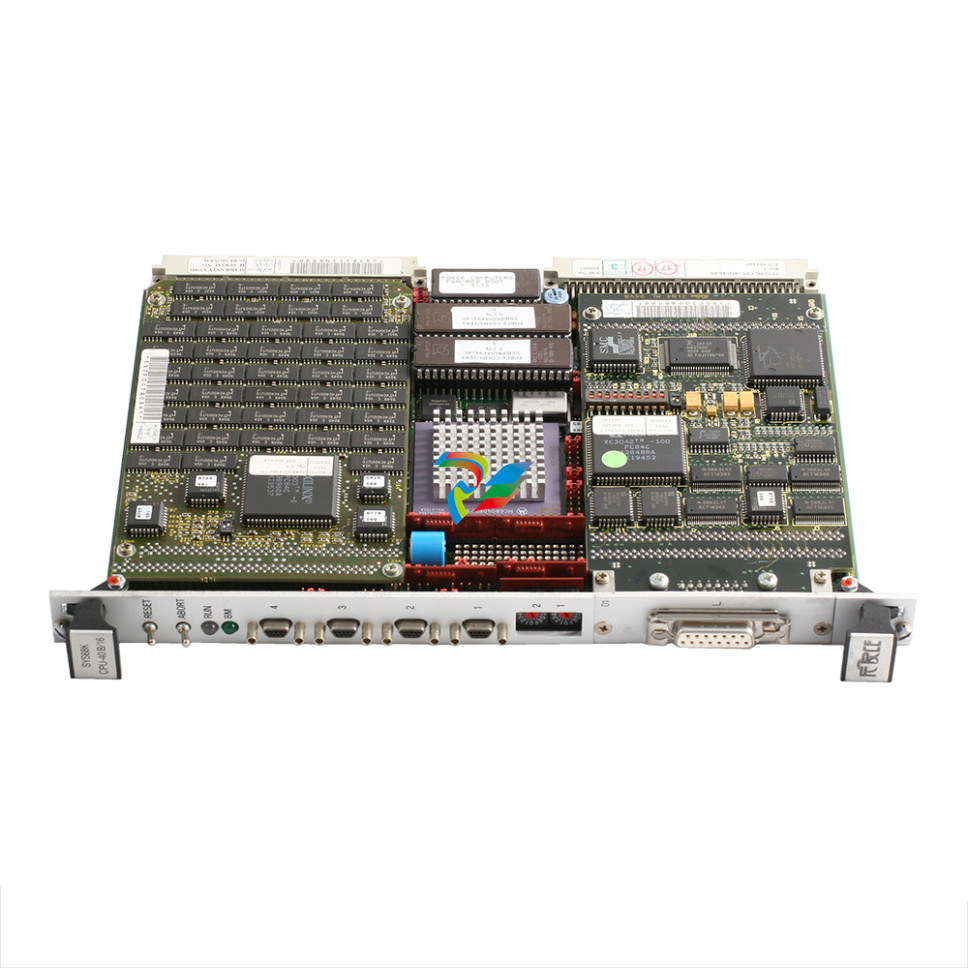
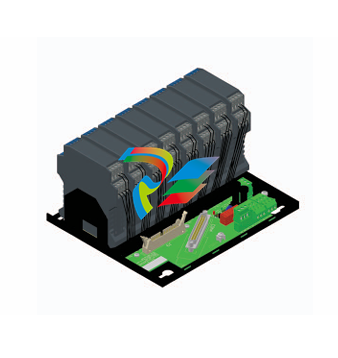
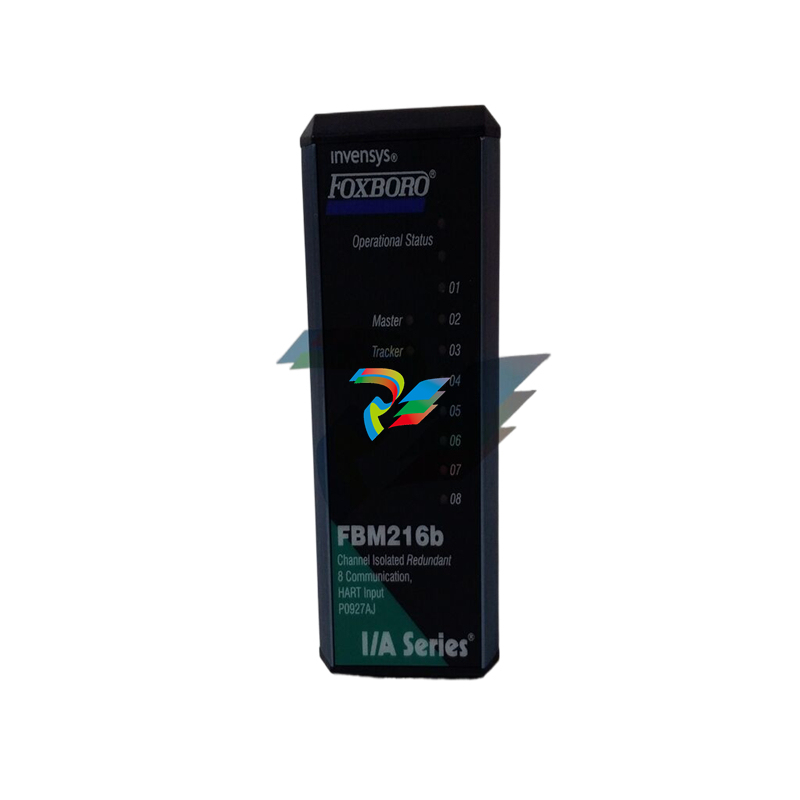
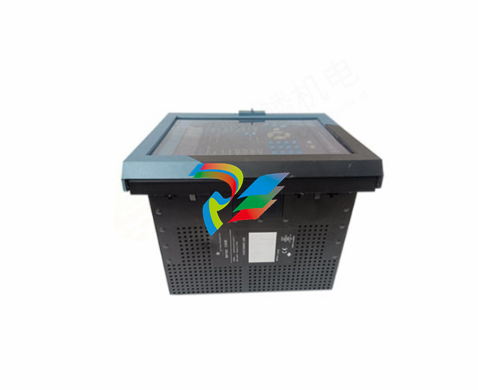
.jpg)
.jpg)
.jpg)
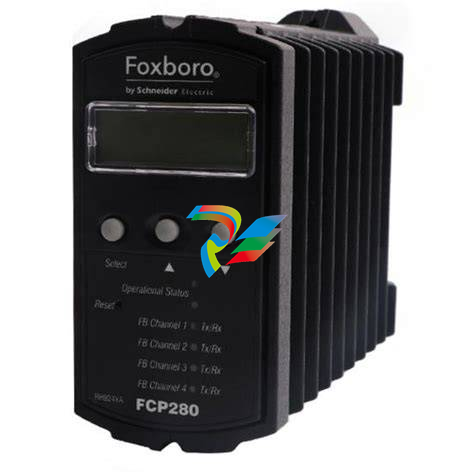
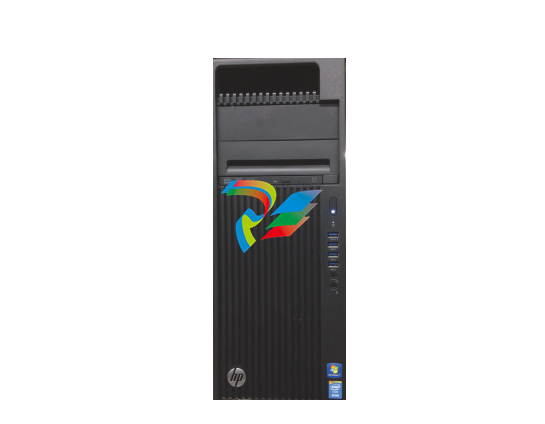
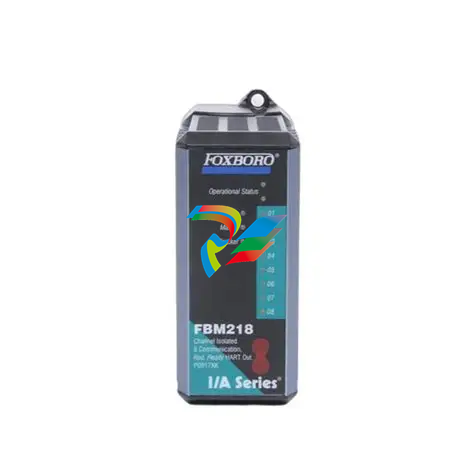
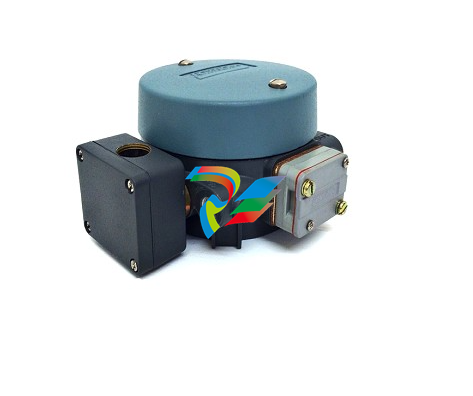
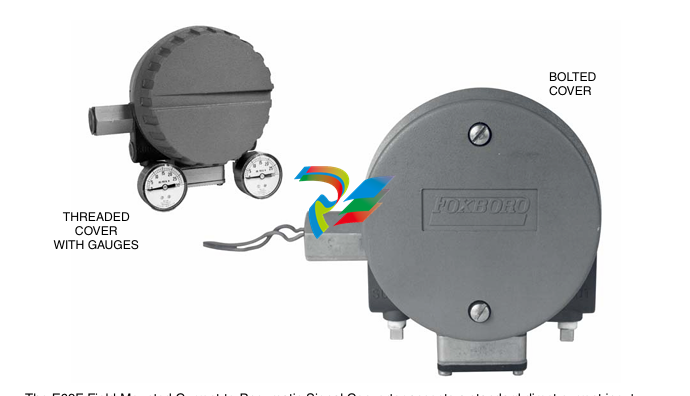
.jpg)
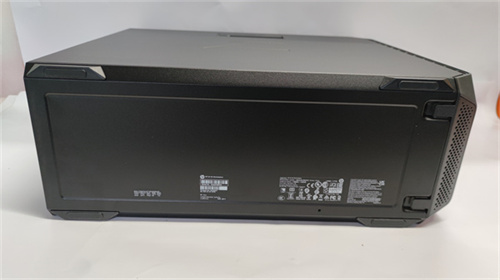
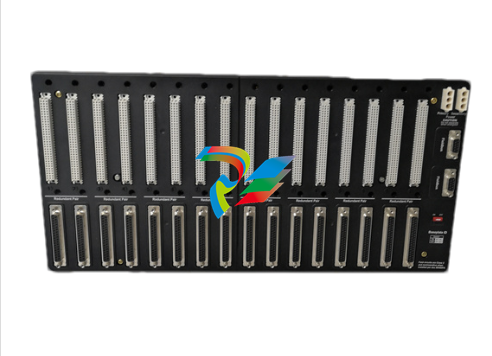
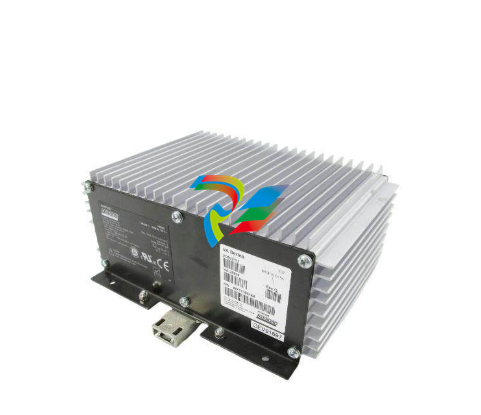
.png)
.jpg)

.jpg)
_lVjBYb.jpg)
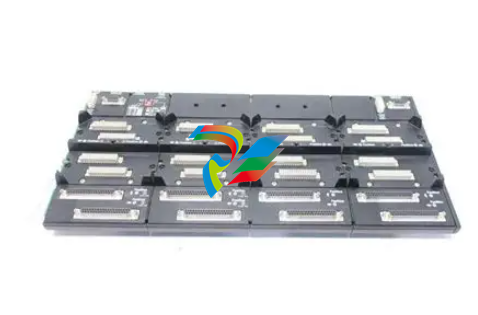
.jpg)
.jpg)
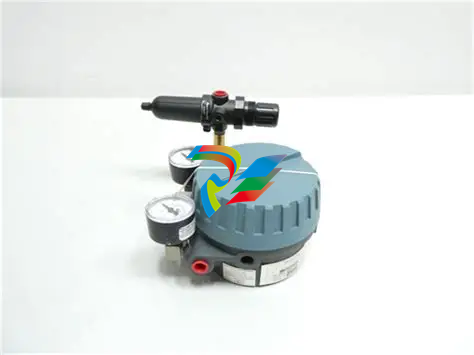
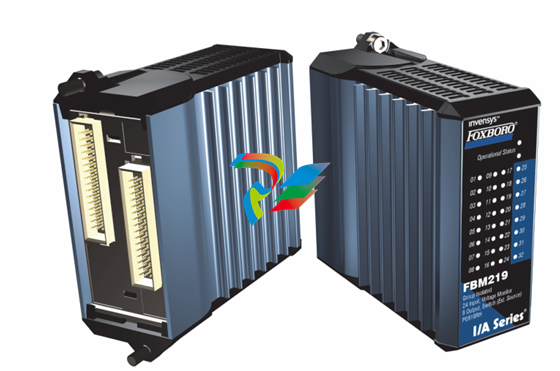
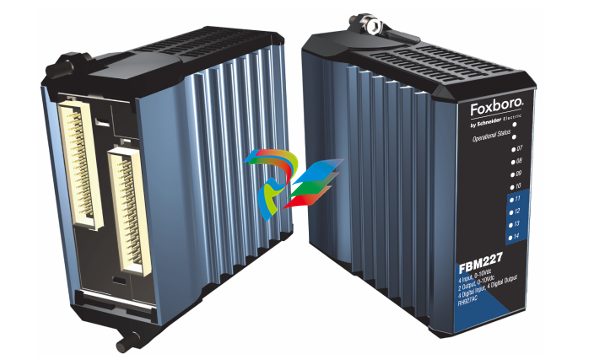
.jpg)
.jpg)
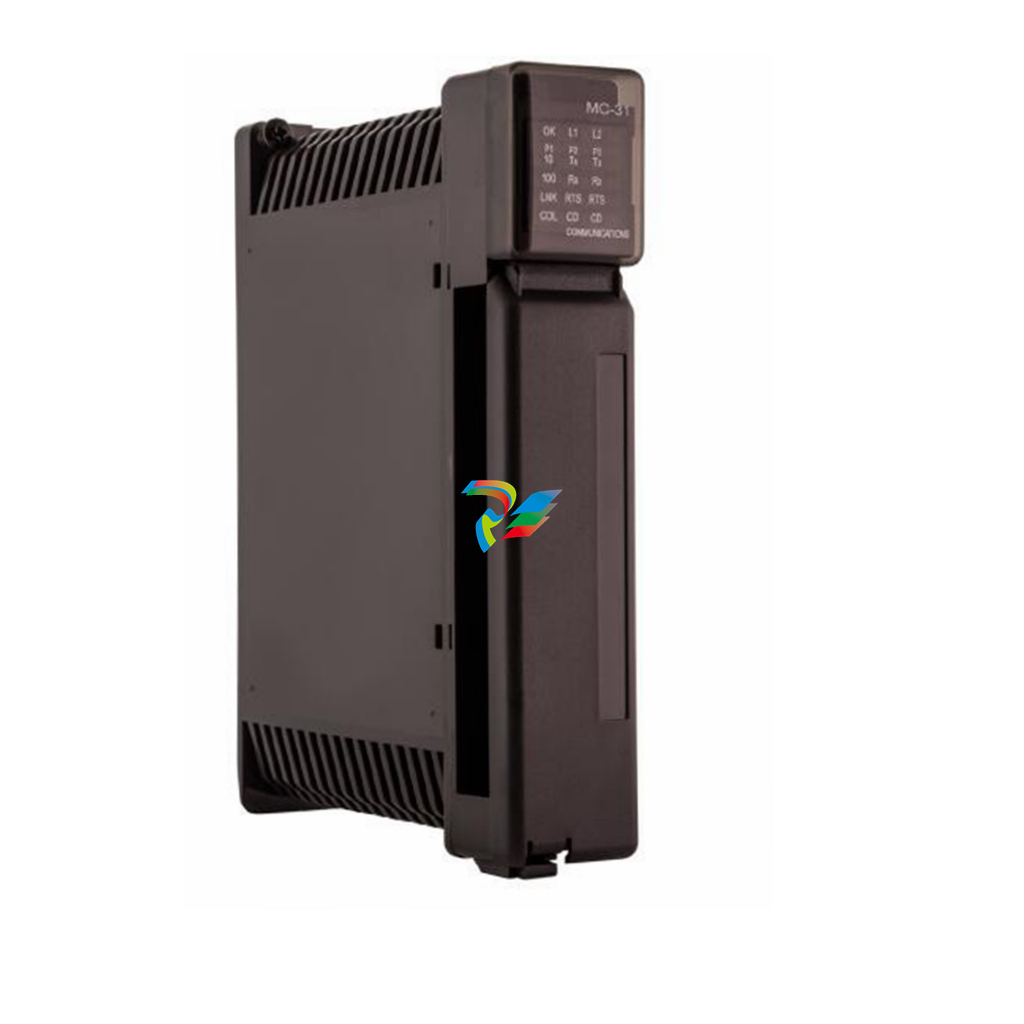
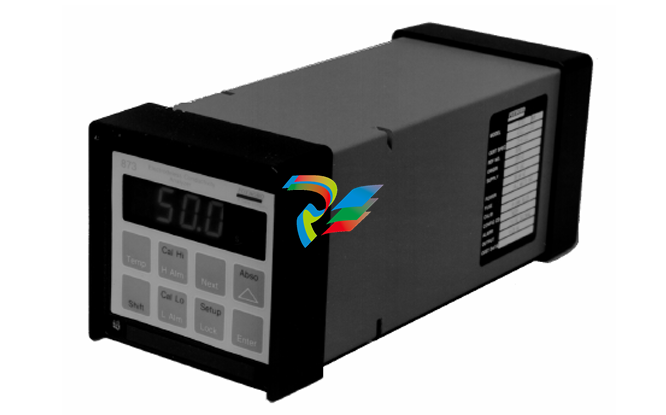
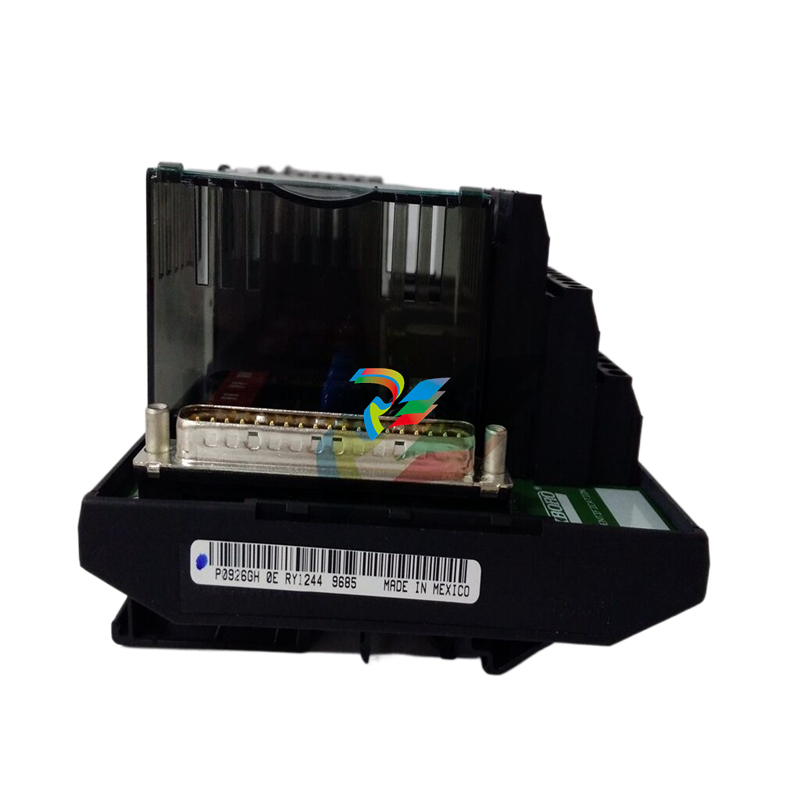
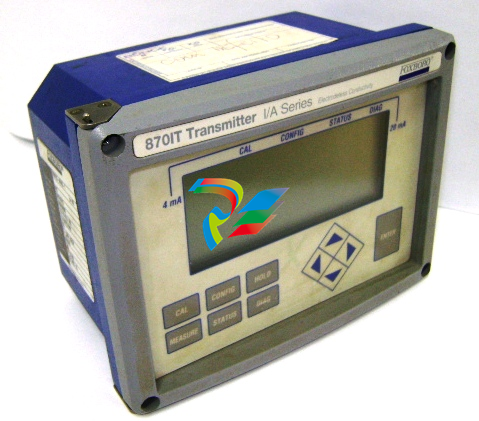
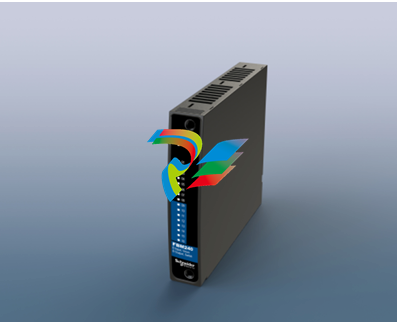
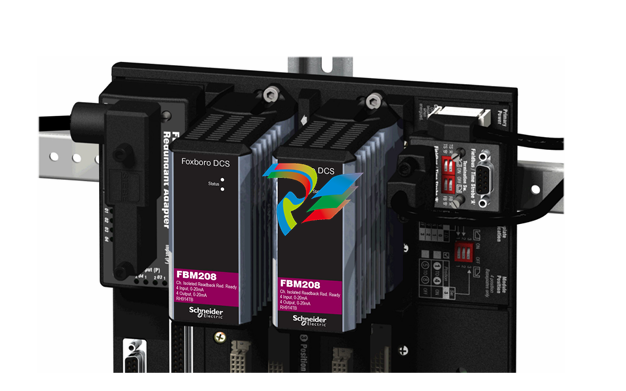
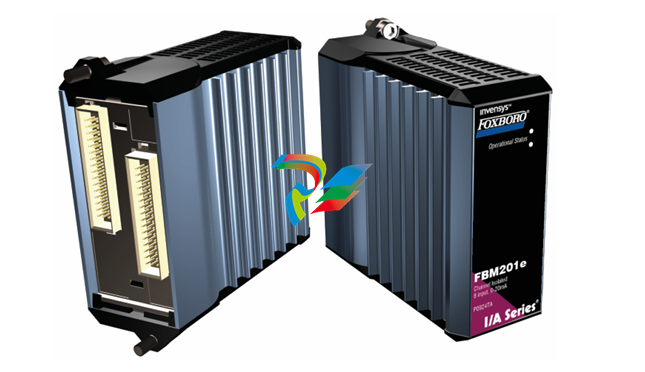
.jpg)
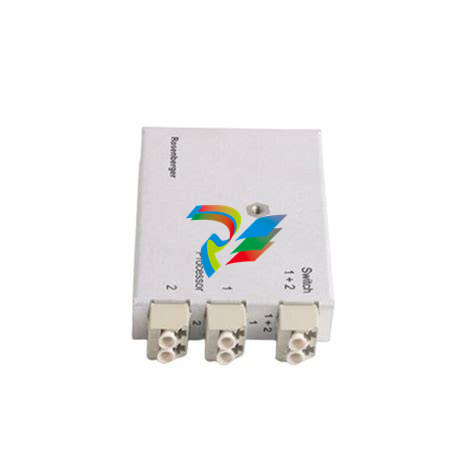
.jpg)
.jpg)
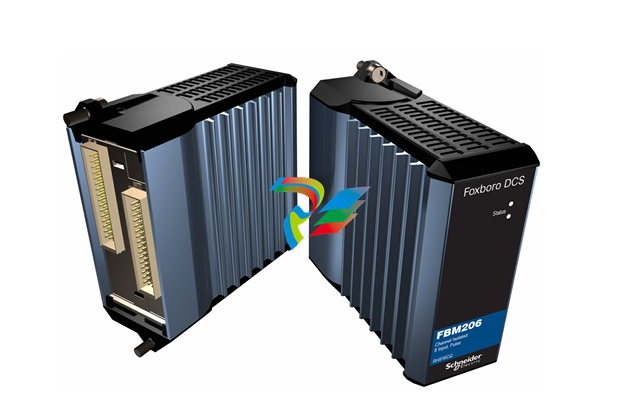
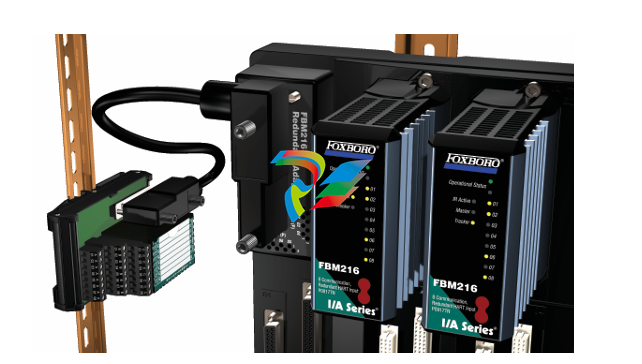
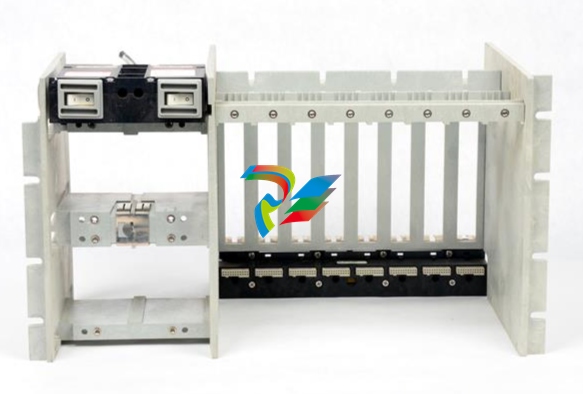
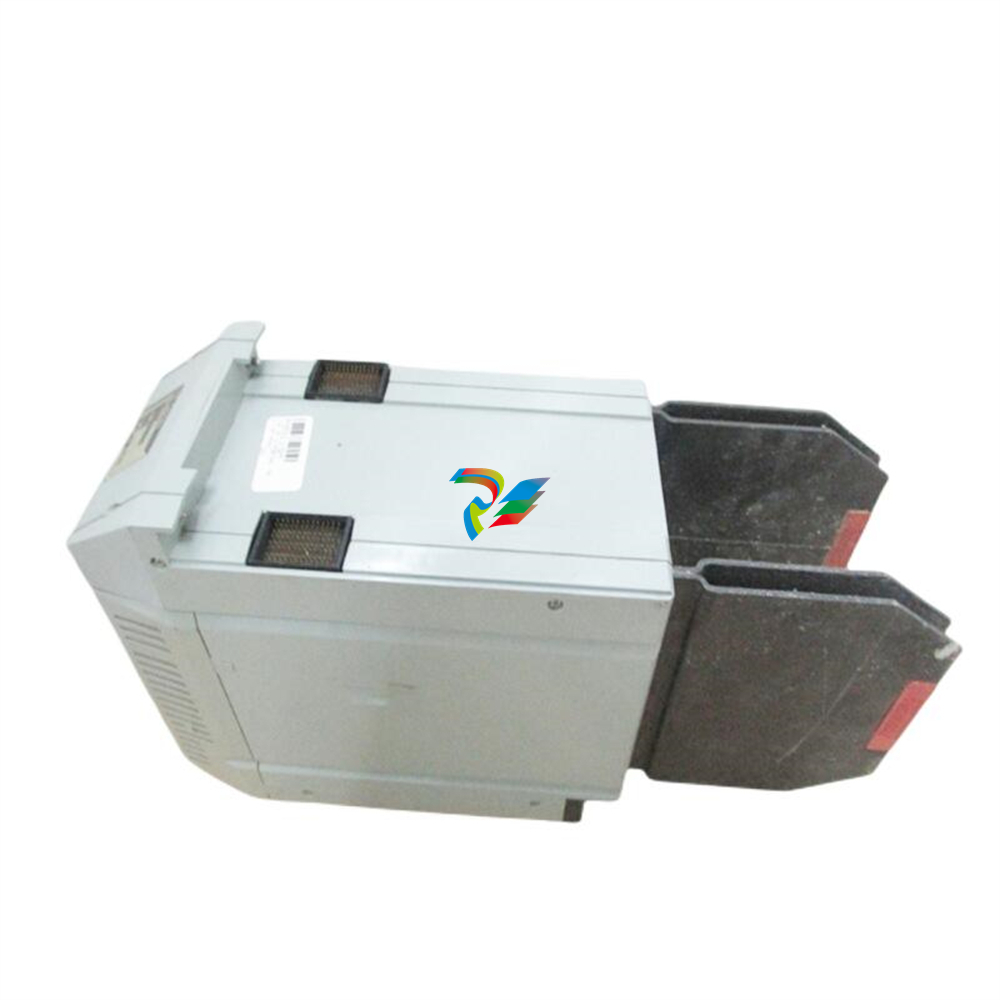
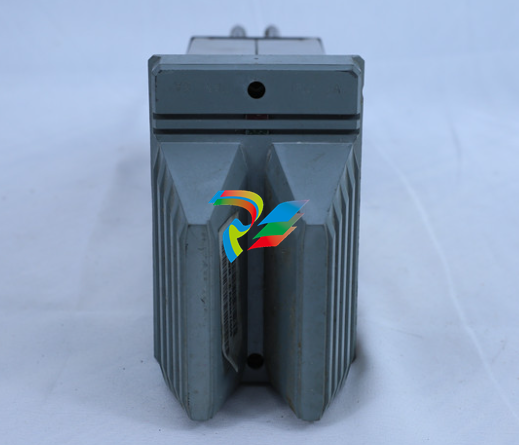
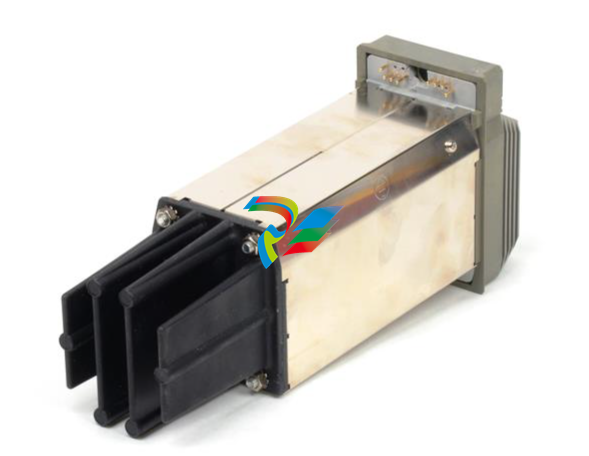
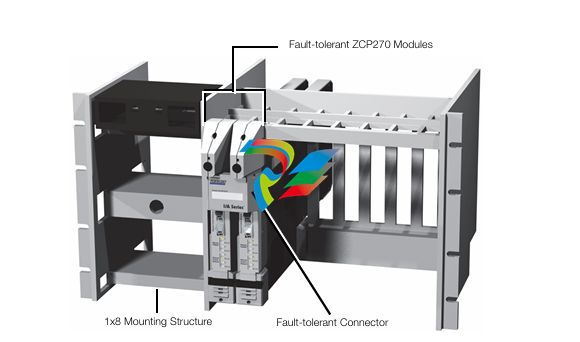
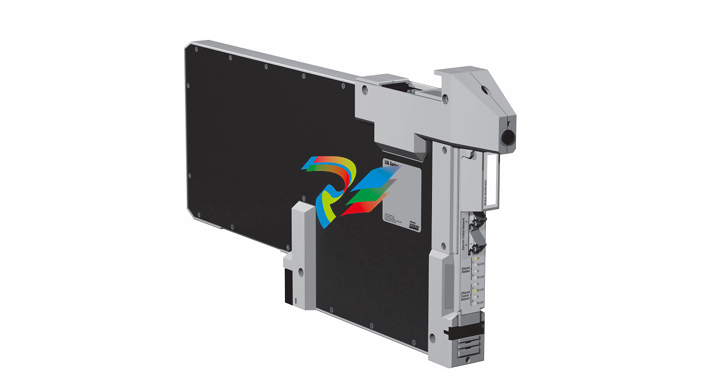
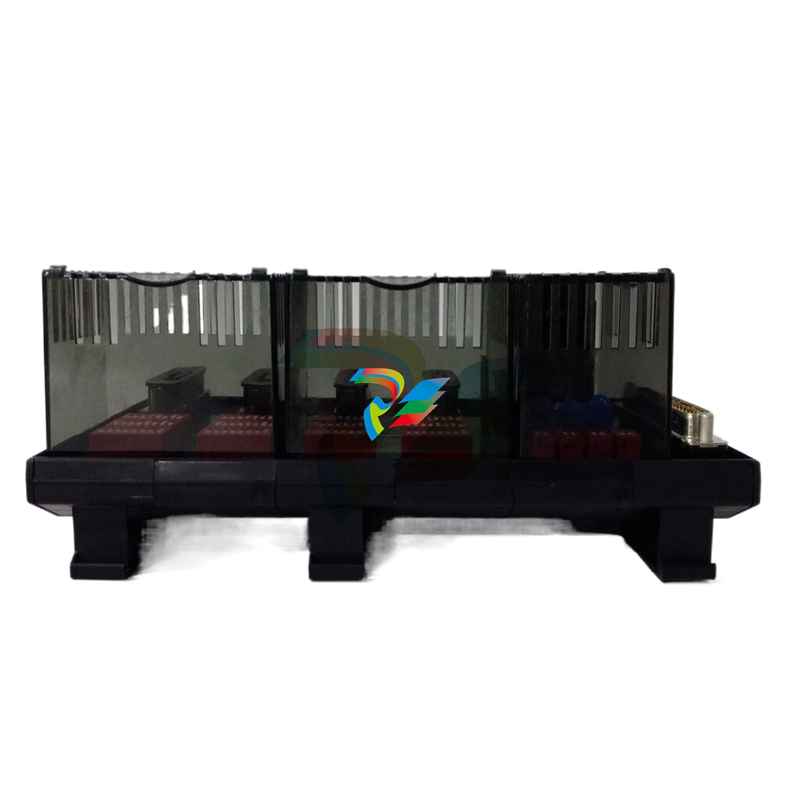
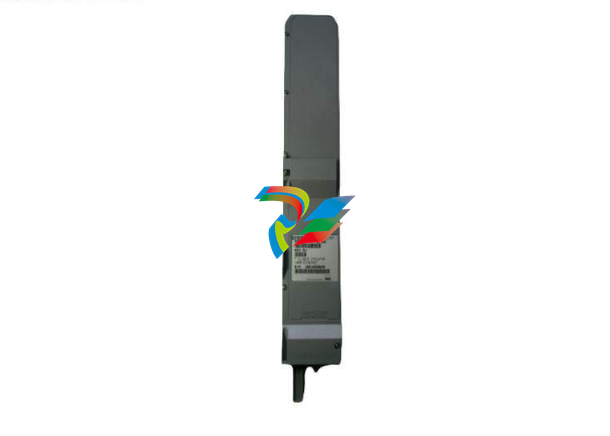
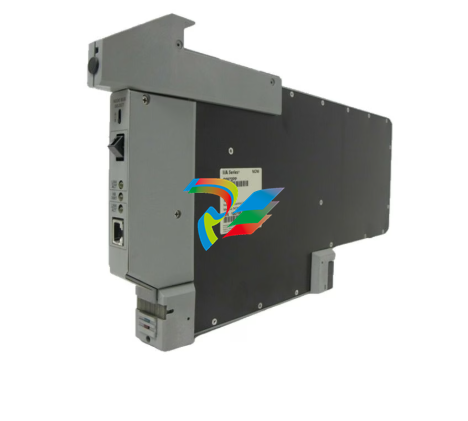
.jpg)
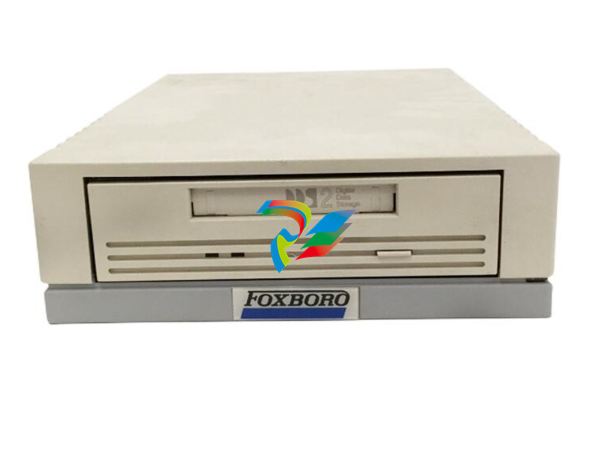
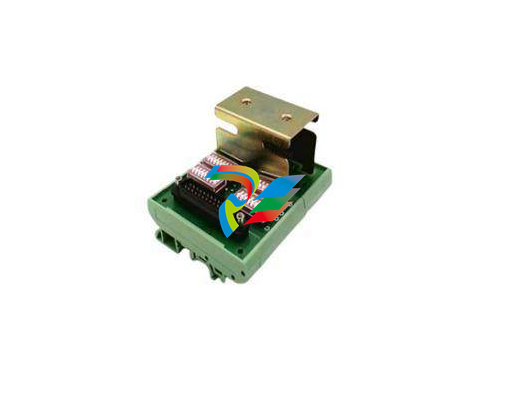
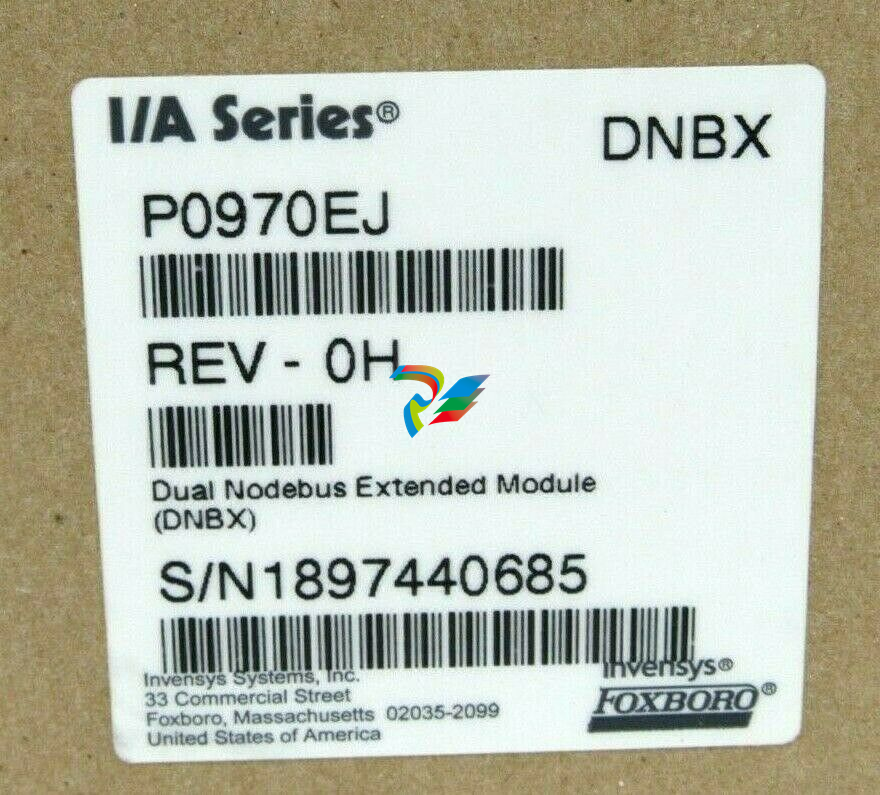
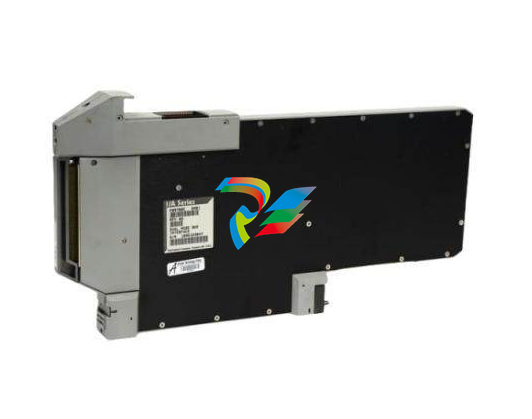
.jpg)
.jpg)
.jpg)
.jpg)
.jpg)
.jpg)
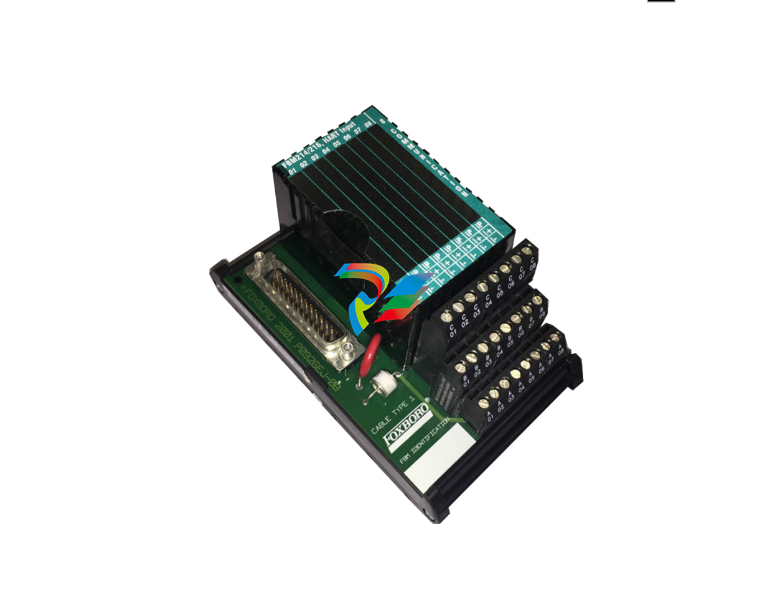
.jpg)
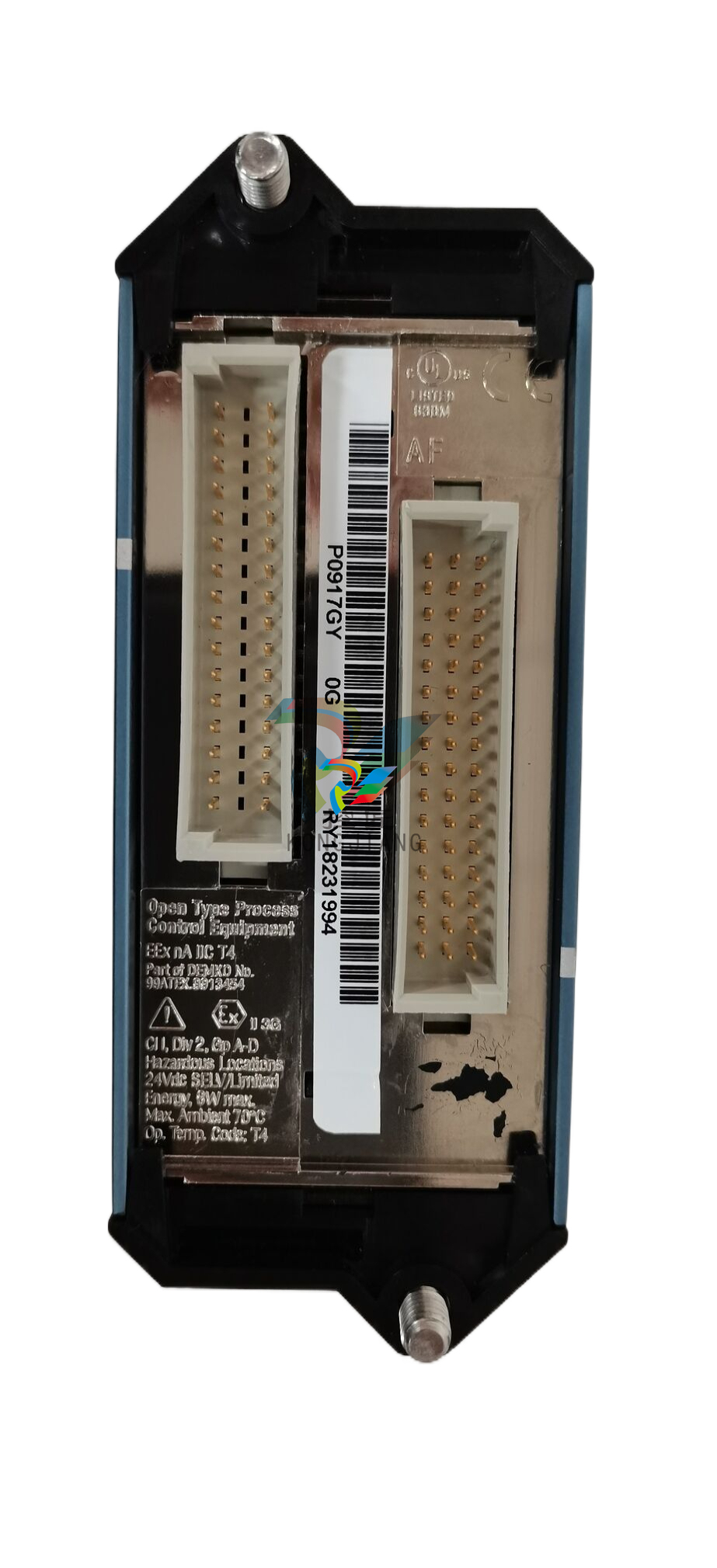
.jpg)
.jpg)
.jpg)
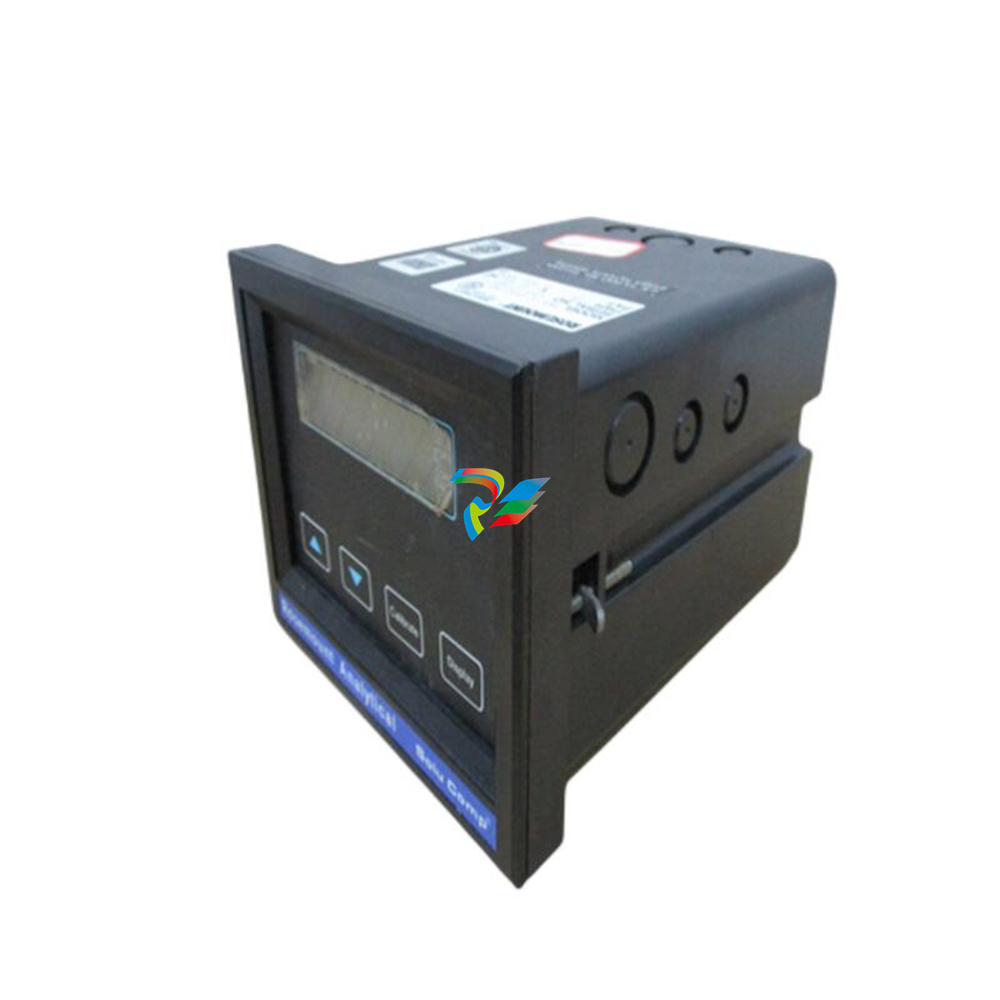
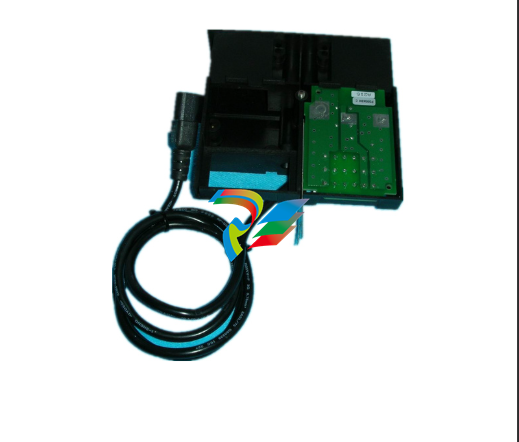
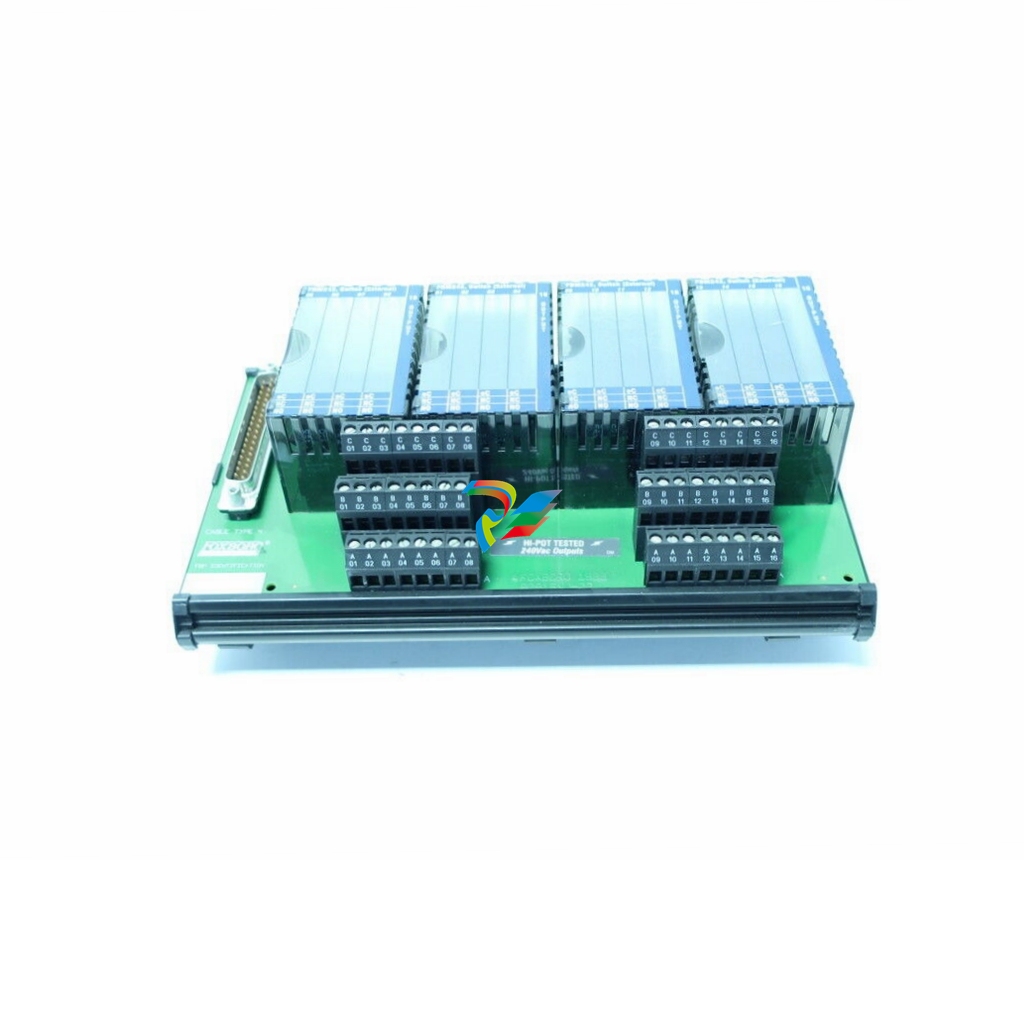
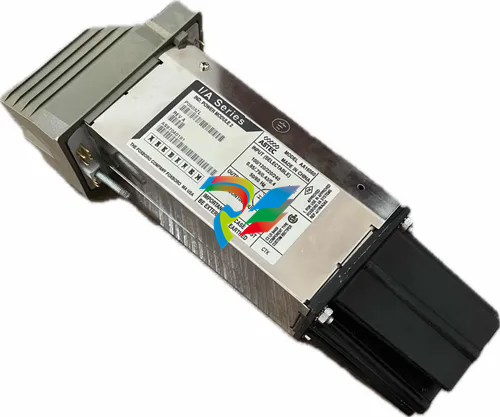
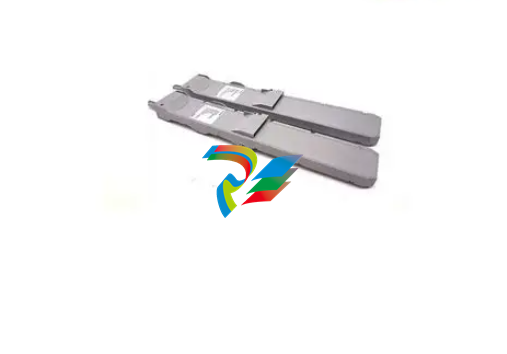
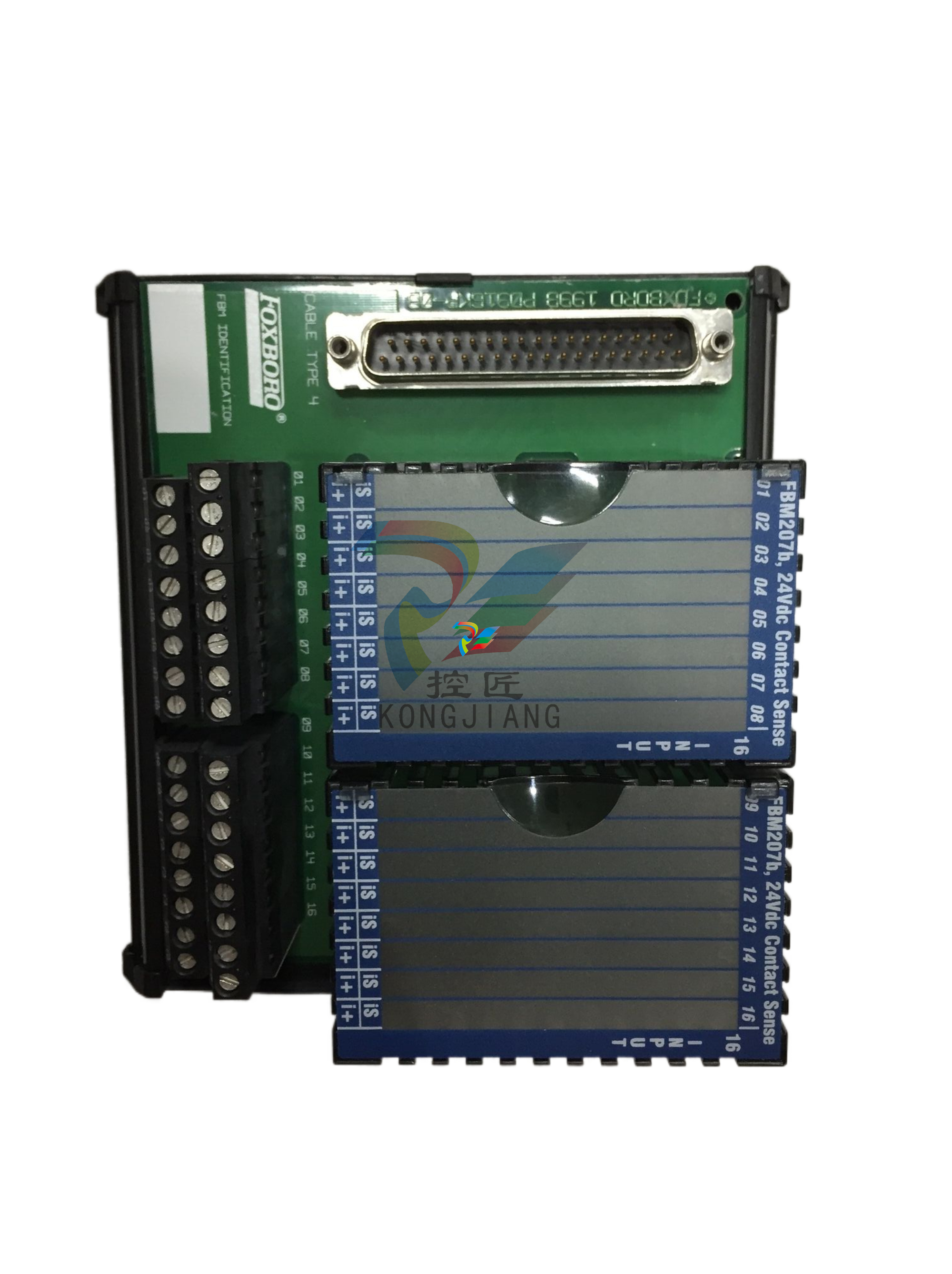
.jpg)
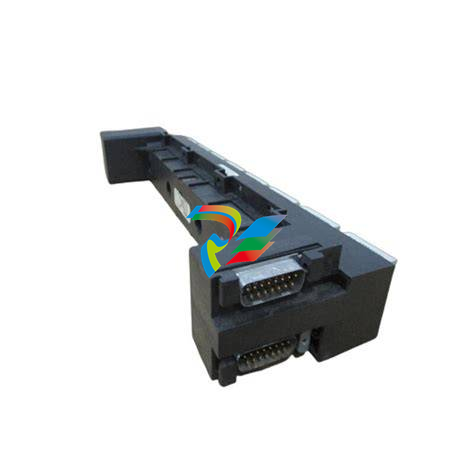
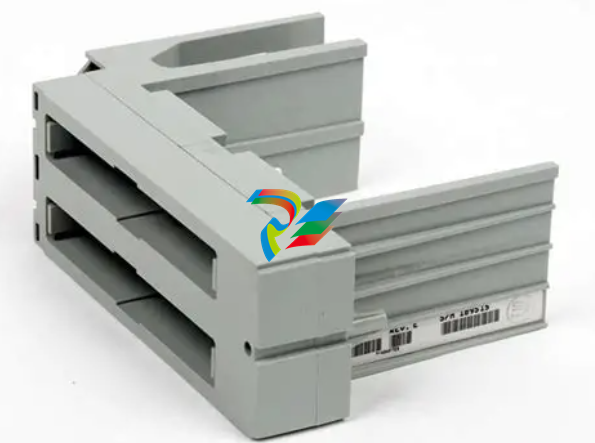
.jpg)
